Today we will visit many historical places, among them 2 are UNESCO World Heritage sites. So we will start our journey early in the morning. Today our starting point is Jawaharlal Nehru Stadium Metro Station (violet line).
Gol Gumbad
Historical Landmark
It is believed to be from the 15th century, because of its architectural design. A board near the entrance says the tomb belongs to the Lodi Dynasty (1451-1526).
Visiting Time: Sunrise to Sunset.
Entry Fee: Free.
Photography: Allowed.
How to go: It is located about 850 meters from Jawaharlal Nehru Stadium Metro Station (violet line). Walk towards north from exit gate of metro station. Then turn right (east) and walk few 100 meters, Gul Gumbad is on your right.
Barakhamba
Historical Landmark
Barakhamba is a tomb constructed by Muhammad bin Tughluq (Reign: 1 February 1325 – 20 March 1351). Barakhamba means '12 Pillars'. The tomb has twelve pillars and three arched openings on each face.
Visiting Time: Sunrise to Sunset.
Entry Fee: Free. Gate remains closed. You can see it from outside.
Photography: Allowed.
How to go: It is located about 320 meters from Gol Gumbad towards east. South of DPS School bus stop.
Sabz Burj
Historical Landmark
Historian says that the Sabj Burj mausoleum was built for Fahim Khan, who died in 1626 AD, an attendant of Abdur Rahim Khan during the reign of Mughal Emperor Jahangir IV. But others opine that it was built in 1530-40.
Sabj Burj (Green Tomb) sometimes think Neela Burj (Blue Tomb), because of its blue color. But Neela Burj is located inside Humayun's Tomb complex.
Visiting Time: Sunrise to Sunset.
Entry Fee: Free. It is located center of a 4 way junction. Gate remains closed. You can see it from outside.
Photography: Allowed.
How to go: It is located about 120 meters from Barakhamba towards east. About 1.77 km south of National Zoological Park towards south.
Humayun's Tomb
Historical landmark
After Humayun's death on 27 January 1556, his body was first buried in his palace at Purana Qila. But after Hemu captured Purana Qila, it was moved to Sirhind in Punjab.
Humayun's tomb was built on the orders of his first wife and chief consort, Empress Bega Begum (also known as Haji Begum). Construction began in 1565 and was completed in 1572 during the reign of Humayun's son emperor Akbar.
Although the original mausoleum took more than eight years to build, it was placed in the center of a 30-acre (120,000 m2) Charbagh, a Persian-style garden with a quadrangular layout.
During the Partition of India, in August 1947 the Puran Qila became the main refugee camp for Muslims immigrating to the newly established Pakistan along with Humayun's tomb. These camps were open for about five years and caused considerable damage.
An important phase of restoration of the complex began around 1993, when the monument was declared a World Heritage Site.
Inside the Premises:
After buying the ticket from the counter, they provide me a token, I have to punch the token to enter, keep it with me and enter to leave the token at the exit point while exiting.
Entering the premises, first I saw on my right (south) was the Isa Khan Complex gate. So I entered the premises.
Isa Khan Complex:
This complex was built 20 years before Humayun's Tomb. It was built in 1547-1548. It is the tomb complex of Isa Khan Niazi, an Afghan nobleman in the court of Sher Shah Suri who fought against the Mughals. It was built during his own lifetime (1453-1548) and during the reign of Sher Shah's son Islam Shah Suri. It later served as the burial ground for Isa Khan's entire family.
Octagonal tomb, three arches on each side of eight. Balconies surround the central chamber. A single dome over the central chamber and a cenotaph over each balcony. So there are 8 cenotaphs on top of the tomb.
The central chamber contains six tombs - two large and four small. Sandstone slabs are used to pave the floor. Isa Khan Niazi's memorial is made of red sandstone and marble.
The mosque was built in 1547 on the western side of the tomb. A three-domed mosque, the central dome is larger than the other two. The facade has three arches of equal size supported by stone pillars. Blue and green tiles border the arch. A frame made of red stone has a central arch. These features were inspired by the Moth Ki Masjid mosque in Delhi. The side arches are made of gray stone and decorated with stucco.
The single prayer room is divided into three bays. The central bay of the mosque is made of red sandstone, the side bays are of gray stone. Each bay has a four-arched gateway to the mosque, bordered with green and blue tiles.
Narrow stairway to go up
Bu Halima's Tomb and Garden:
Bu Halima's Tomb and Garden: Entering the complex from the west, visitors first enter a garden complex known as Bu Halima's Gardens. Bu Halima's exact identity is unknown but she is said to have been Humayun's wet nurse and also a Mughal noblewoman. It is clear that she must have held an important position to have a garden named after her.
When I entered the garden from the west, I saw Bu Halima's gate at the straight eastern end
The tomb is located on the left side.
There is a staircase in front of this structure that leads to its top. You can reach the top and you will see an octagonal platform and in the center of this platform Bu Halimah is buried.
Then entered into the Bu-Halima gate
Arab Sarai Gate:
After entering through the Bu Halima Gate, there is a gateway on the right (south) side called the Arab Serai Gate. It was closed when I got there.
The 14 meter high gateway led to the walled end which housed the Persian craftsmen who came here to build Humayun's tomb.
Arab sarai literally means sarai (resting house) for horses, the structure is adjacent to the Afsarwala Mosque and was built by Bega Begum around 1560-1561 CE, apparently for artisans coming for construction work. It can accommodate 300 Arabs.
Afsarwala Tomb and mosque:
The Afsarwala tomb at the southwest end of the complex is dedicated to an unknown person. One of the marble tombs inside the mausoleum is dated 1566-67 CE. The mosque may date to the same period judging from its location, standing adjacent to the tomb rather than away from it.
West Gate:
The main entrance to Humayun's Tomb Complex is the West Gate. It is 16 meters high. Each of the side rooms flanks the central passage and has small courtyards on the upper floors. A six-pointed star, used by the Mughals as an ornamental cosmic symbol, adorns the structure.
Then I could not stop myself from going to Humayun's tomb.
Humayun Tombs:
The two-storeyed mausoleum stands on a vaulted terrace which is 8 meters high and covering 12,000 square meters. The entire foundation structure is on a raised platform, several steps high. Access the top of the vaulted terrace via a staircase. Around the central dome are small canopies, popular in Rajasthani architecture, which were originally covered with blue tiles.
Inside the mausoleum
Barber's Tomb:
Towards the south-east corner, within Char Bagh, is a tomb known as the Nai-ka-Gumbad or Barber's Tomb, belonging to the royal barber, dated back to 1590-91 AD by an inscription found inside. Its proximity to the main tomb and the fact that it is the only other structure within the main tomb complex indicate its importance, however, there are no inscriptions indicating who is buried there.
Nila Gumbad:
The mausoleum standing outside the boundary of the complex is known as Nila Burj (now known as Nila Gumbad) or 'Blue Dome', so called because it bears striking blue glazed tiles. It was built in 1625-6 by Abdul Rahim Khan-i-Khana, a courtier of the Mughal Emperor Akbar, for his servant Mian Fahim. Fahim, who was not only raised by his son, later died during Jahangir's reign, along with Rahim's own son Firoz Khan, while fighting against the rebellion of the Mughal general Mahabat Khan in 1625–26.
Visiting Time: 6 AM to 6 PM.
Entry Fee: 40 Rupees (US$ 0.49) for Indian and 600 Rupees (US$ 7.32) for foreigner. 25 Rupees (US$ 0.31) for video filming. Free for child age 0-14.
Photography: Allowed.
How to go: Gate is located on the west end. From Sabz Burj, walk towards south few meters and The entry gate and ticket counter is located on the left.
Mosque Chilla Hazrat Nizamuddin
Mosque
This is not the place where Nizamuddin Auliya (1238 – 3 April 1325) is buried. Chilla is where he lived. The small, empty room where he used to sit and meditate is now closed with a green door. Worshipers come and pray Namaz in the shaded balcony.
Here the saint meets his devotees, here the daily langar is liberally offered. Behind the private residence of Nizamuddin Auliya are the graves of some such devotees.
Visiting Time: Sunrise to Sunset.
Entry Fee: Free.
Photography: Allowed.
How to go: Turn right and walk out of Humayun's Tomb and then turn right again and walk towards the Sunder Nursery. Continue walking past the Sunder Nursery gate. It is located about 380 meters from the Sundar Nursery exit gate towards east. The street is very quiet.
Gurdwara Damdama Sahib
Gurdwara
Sikhism:
Sikhism is a religion founded by Guru Nanak (15 April 1469 – 22 September 1539). He is the first of the ten Sikh Gurus. The Sikh Gurus are the spiritual masters of Sikhism, who established this religion over time.Sikhism is a monotheistic and universal religion. In Sikhism, the holistic concept of God is considered as the 'Wondrous Teacher' who is shapeless, timeless, the creator, and incomprehensible and invisible.
Guru Gobind Singh:
Guru Gobind Singh (22 December 1666 – 7 October 1708) was the last and 10th Guru in Sikhism. This Gurdwara commemorates his meeting with Prince Muazzam (later Emperor Bahadur Shah) in 1707. After Aurangzeb's death, the prince requested his help in the battle of succession to the throne with his brother. Guru Sahib met him at this place and together, they devised their strategy. They watched elephant and bull fights for their entertainment.While Muazzam and the Guru were planning the capture of Agra, Emperor Azam Shah arrived at Gwalior on 2 June. On June 8 the two armies met at Jajau. Guruji first sent his regiment commander Kuldeep Singh with an army unit and later entered the field himself. Azam's brave son Bidar Bakht was killed. Azam Shah himself was fatally wounded and died on the battlefield. Muazzam was victorious. He personally thanked Guru Gobind Singh in many ways.
Bhai Baghel Singh:
On 11 March 1783, Sardar Baghel Singh (1730–1802), commander in chief of (Karor Singh Misal), marched on Delhi with his army. He attacked and captured Delhi and Red Fort. After negotiations, Baghel Singh and his forces agreed to leave Delhi and reinstate the Mughal Emperor Shah Alam II. The conditions included the construction of seven Sikh Gurdwaras in Delhi. General Baghel Singh built seven small structures in a span of eight months from April to November 1783. They are -1. Gurdwara Nanak Piao 2. Gurdwara Bangla Sahib 3. Gurdwara Damdama Shahib 4. Gurdwara Majnu Ka Tilla 5. Gurdwara Mata Sundri 6. Gurdwara Rakab Ganj 7. Gurdwara Sis Ganj.
Later Raja Ranjit Singh appointed his officials to renovate it. As a result a Deori was built. Apart from this, some other buildings have been added for priests and pilgrims. The present building was constructed in 1984. Thousands of devotees gather here every year to celebrate the festival called "Hola Mohalla", a three-day long Sikh festival which normally falls in March.
Visiting Time: Sunrise to Sunset.
Entry Fee: Free.
Photography: Allowed except inside the shrine.
How to go: It is located east of Mosque Chilla Hazrat Nizamuddin.
Sunder Nursery
Heritage Garden
Sunder Nursery, originally known as Azim Bagh and built by the Mughals in the 16th century, is spread over 90 acres. Renovations began in 2007 and the nursery reopened to the public as a heritage park on 21 February 2018.
Today Sunder nursery houses 15 heritage monuments of which 6 are UNESCO World Heritage Sites - Sunder Burj, Sundarwala Mahal, Lakkarwala Burj, Mirza Muazzafar Hussain's Tomb, Chotta Bateshewala and the Unknown Mughal's tomb.
The "Sunder" part of the name comes from the Sunderwala Burj inside it. The nursery, established during the British rule to grow experimental plants, also has a lake. which gave it its current designation as a nursery.
Inside The Premises:
After buying the ticket, I entered through the gate and walked straight. I reached Sunderwala Burj.
After crossing the Sunder Burj, I reached the Garden of Delight. There is a long water tank with fountains.
After passing the water tank I turned left (west), then right (north). I saw Lakkarwala Burj on my left and went there. You can see Lakkarwala Burj Rose Garden there.
North-east of Lakkarwala Burj is a beautiful lake with fountains and a foot bridge over it.
Then I walked east along the north side of the lake. After the bridge over lake, I turned left (north) and reached 'Azimganj Sarai Garden'. The structure contained 108 rooms - two bays deep - around a central courtyard. Standing on the 16th century Grand Trunk Road, Azimganj Serai served travelers, pilgrims, merchants and artisans during the Mughal era. High ramparts and battlement parapets make it look like a fortress.
Then I returned to the point near the bridge, from where I entered Azimganj Bagan on the left (north). Then I turned right (east) and walked. I saw FabCafe on my right. Price is very high.
I continued to walk towards east.
Then I turned right (south), and saw a Children Playhouse for children between age 2-12. Entry Fee 20 Rupees. Timing 4:30 PM to 6 PM on weekday and full day on weekend and holidays.
Then I continued to walk towards south and reached at the ruined Plaster Trove Fort.
Then I walked towards south and reached Sunderwala Mahal. The mahal faces north, so I entered the mahal from the front. The mausoleum is a square structure consisting of an underground crypt surrounded by eight chambers may representing the eight Quranic Heavens. It stood in a walled garden with Sunder Burj, of which no trace now remains. A Mughal-era well to the east of the tomb was discovered during conservation work and has been similarly preserved.
Then I went to the northwest side of Sunderwala Mahal and reached at "Garden Amphitheater"
North of Amphitheater is Lotus Pond Garden.
Then I walked towards east through the northside road of Sunderwala Mahal. I reached at Batashewala Complex. There are 3 tombs within the 11 acre Batashewala Complex. The first one is Mirza Muzaffar Hussain Tomb, Emperor Akbar's son-in-law, consists of eight chambers around a central crypt. Also called "Bada Batashewala Tomb" was built in 1603-04 on a platform with five arches on each side, its interior walls are decorated with incised and painted plaster.
The next one is Chhota Batashewala Mahal.
The last Tomb in Batashewala Complex is Unknown Mughal Tomb is located eastern side of the complex.
Visiting Time: 7 AM to 10 PM.
Entry Fee: 50 Rupees (US$ 0.61) for adult Indian and SAARC citizen. 25 Rupees (US$ 0.31) for child age 5-12 and senior. Free for child age below 5. 200 Rupees (US$ 2.45) for foreigner.
Parking Fee: Car parking - 100 Rupees (US$ 1.23) for 4 hours weekdays and 200 Rupees (US$ 2.45) for 4 hours on Sundays and holidays. Two Wheeler for 4 hours - 35 Rupees (US$ 0.43).
How to go: Gate is located on the south end.from Sabz Burj, walk towards northeast road about 220 meters and the entry gate and ticket counter is located on the left.
Abdur Rahim Khan's Tomb
Tomb
Khanzada Mirza Khan Abdul Rahim (17 December 1556 – 1 October 1627), was a poet during the reign of the Mughal Emperor Akbar, who was his mentor. He was one of nine important ministers in his court, known as Navaratnas.
He built it for his wife in 1598, and his body was placed in it in 1627. In 1753–54, marble and sandstone from this mausoleum were used in the construction of Safdarjung's Tomb.
For its architecture and purpose, it has often been compared to the Taj Mahal. In 2020, after six years of restoration work, Rahim Khan's tomb was opened to the public.
Visiting Time: Sunrise to 5 PM.
Entry Fee: 25 Rupees (US$ 0.31) for Indian. 300 Rupees (US$ 3.66) for foreigner.
How to go: The tomb is located about 550 meters from Sabz Burj towards south.
Kali Masjid
Mosque
Sultan Firuz Shah's vizier Junan Shah patronized it. According to an inscription on the eastern gate of the mosque, the mosque belongs to the Tughlaq period and was built around 1370-71. The mosque name is "Kalan Masjid" but popularly known as "Kali Masjid".
Visiting Time: Sunrise to 5 PM.
Entry Fee: Free.
Photography: Allowed.
How to go: It is located about 550 meters from Abdur Rahim Khan-i-Khanan's Tomb towards northwest. About 200 meters from Hazrat Nizamuddin Aulia Dargah towards southeast.
Urs Mahal
Structure
Urs (pronounced "urosh") is the death anniversary of any Sufi saint, usually held at that saint's dargah. Urs Mahal is an assembly hall where Khawwali programmes are held on festival days and on the days during "Urs of Sufi saint Nizamuddin Auliya". It is a protected monument.
Visiting Time: Sunrise to 5 PM.
Entry Fee: Free.
Photography: Allowed.
How to go: From Humayun's Tomb, walk about 100 meters towards south through main road. There is a underground road crossing. Cross the road and you will reach the narrow street to go to Nizamuddin Dargah. Walk through the street about 100 meters towards west. On the halfway you will passed through Hazrat Nizamuddin Tabligh Markaz (Bangle wali masjid). After 100 meters, you will see the gate on your left side.
Chausath Khamba
Tomb
Chausath Khamba means "64 pillars" is a tomb built during 1623–24. It was built by Mirza Aziz Koka, son of Ataga Khan, as a mausoleum for himself during the ruled of Mughal Emperor Jahangir. Mirza Aziz Koka had served several times as Jahangir’s Governor of Gujarat before he died in Gujarat.
Inside this monument are several other unidentified tombs. It is considered to be the family shrine of Ataga Khan. The structure is enclosed and has an attractive entrance. Comparisons have been made with a similar mausoleum built in marble at Sarkhej in Gujarat where Mirza Aziz Koka died and was temporarily buried there. His remains were later shifted to Chausath Khamba.
Visiting Time: Sunrise to 5 PM.
Entry Fee: Free.
Photography: Allowed.
How to go: It is located west side of Urs or Urus Mahal.
Mirza Ghalib Tomb
Tomb
Mirza Ghalib's tomb is a small tomb of famous Urdu poet Mirza Ghalib (1797–1869).
After Ghalib arrived Delhi from Agra, he was given the house by Hakim, a physician believed to be an enthusiast of his poetry. The house is now known as Mirza Ghalib Haveli near Chandni Chowk, where he lived from 1860 until his death on February 15, 1869. He was buried here.
Visiting Time: Sunrise to 5 PM.
Entry Fee: Free.
Photography: Allowed.
How to go: The tomb is located north of the Chausath Khamba.
Hazrat Nizamuddin Aulia Dargah
Shrine
Shrine of the Sufi saint Khwaja Nizamuddin Auliya (1238–1325).
Nizamuddin Auliya was born in Badayun, Uttar Pradesh. After the death of his father at the age of five, he moved to Delhi with his mother. At the age of twenty, Nizamuddin went to Ajodhan (present-day Pakpattan Sharif, Pakistan) and became a disciple of Sufi saint Fariduddin Ganjshakar. Nizamuddin continued his theological studies in Delhi. He used to go to Ajodhan every year to spend the month of Ramadan in the presence of Baba Farid. Baba Farid made him his successor on the third visit to Ajodhan. After some time, Fariduddin died.
Nizamuddin made his place here to meet the devotees. It became popular. He died on the morning of 3 April 1325.
Muhammad bin Tughluq built the original structure in 1325 after Nizamuddin's death. Firuz Shah Tughlaq later repaired the structure and hung four golden cups from the recesses of the dome. Nawab Khurshid Jah from the Paigah family of Hyderabad gifted the marble balustrade around the tomb. The present dome was built by Faridun Khan in 1562. Over the years there have been many additions to the structure. The diameter of the dome is about six meters.
The complex was renovated and restored around 2010.
The dargah has a tradition of qawwali, especially every Thursday night attracting around 1500 visitors. Qawwali is regularly performed every evening after Maghrib prayers.
On the 17th and 18th days of the Islamic month of Rabi'al-Awwal, thousands of people gather to observe the saint's birth and death anniversaries. Apart from this, thousands of people also visit the birth and death anniversaries of Amir Khusrau (Nizamuddin's disciple). Hundreds of devotees visit the dargah every day throughout the year. The dargah organizes langar every day.
Women are traditionally not allowed to enter the inner sanctum of the dargah.
A song from the 2011 movie 'Rockstar' was shot at Dargah, featuring Ranbir Kapoor. The dargah has also featured in movies like 'Bajrangi Bhaijaan' starring Salman Khan and Kareena Kapoor
Inside the Premises: At the entrance to the complex are the tombs of Amir Khusru (disciple of Nizamuddin) and Jehan Ara Begum (Shah Jahan's daughter). Overall, there are more than 70 graves in the Dargah complex.
The mosque is next to the dargah. This mosque was built during the reign of Alauddin Khalji by his son Khizr Khan. Completed between 1312 and 1313, Khizr was responsible for the central dome and hall and was a follower of Nizamuddin. Around 1325, when Muhammad bin Tughlaq took over, he built two adjacent halls, each with two domes. The south hall (small mosque) is restricted to women and features a wooden door. The large dome of the mosque has a golden bowl hanging from the center.
The rear entrance to the complex has a Baoli (step-well), commissioned by Nizamuddin himself and completed in 1321. It is always full. People believe that its water has magical powers and bathe in it.
How to go: The dargah has two gates - On the northern side, through the road opposite Humayun's Tomb.
But the narrow path at the end of this road, people are selling flowers, and keeping shoes on both sides of this narrow path. They are very confusing for first time visitors to reach the shrine. As you walk towards the shrine every vendor will tell you "come here, put your shoes here you can't take shoes inside, and take flowers". Such is their attitude, the shrine is next to their shop.
The best way is, don't listen to the seller or stop at a store and buy anything. Just keep walking till the end. Left Right Left path makes the visitor more confusing. But the road is single, so walk until you see a gate.
Just before the gate on the right side, you will find your shoe storage area, it is not free, they will charge 5 rupees per person. They will give you a token.
Another gate is located on the western side. Its road is wider than first one. I recommend you go through this gate. Flower sellers will also be seen on that street. You just ignore them and keep walking.
Food in Delhi:
* Halwa Paratha in Nizamuddin Lane.
* Mutton Seekh Kebab and Mutton Biryani at Ghalib Kebab Corner, Nizamuddin.
Hope this post will help you. Write your comment below and please share it with your friends.
You May Also Like
Travel Delhi: Day-1
Travel Delhi: Day-2
Travel Delhi: Day-3
Travel Delhi: Day-4
Travel Delhi: Day-5
Travel Delhi: Day-6
Travel Delhi: Day-7
Travel Delhi: Day-8 (You are here)
Travel Delhi: Day-9
Travel Delhi: Day-10
Travel Delhi: Day-11
Travel Delhi: Day-12
Travel Delhi: Day-13
Travel Delhi: Day-14
Travel Delhi: Day-15
Travel Delhi: Day-16
Travel Delhi: Miscellaneous
Click below to go

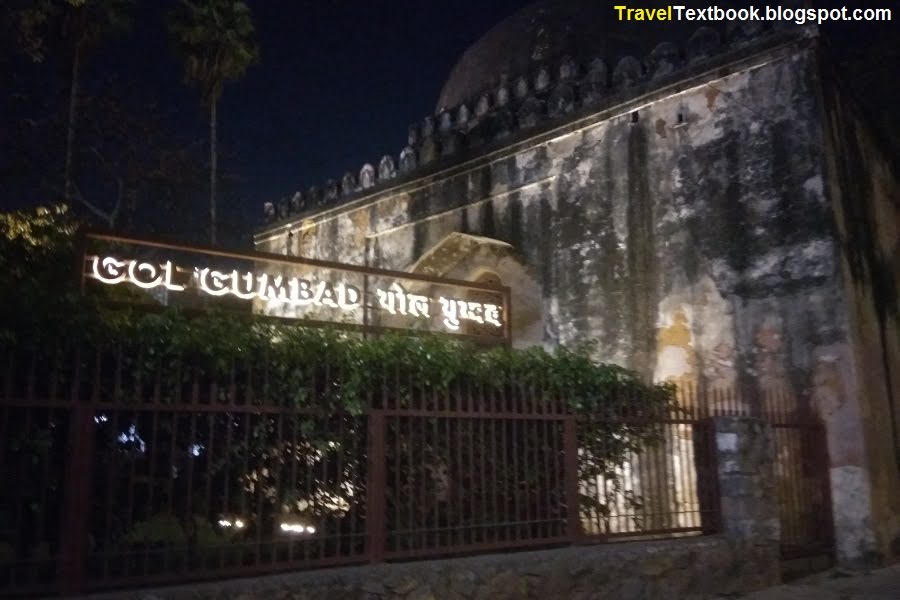
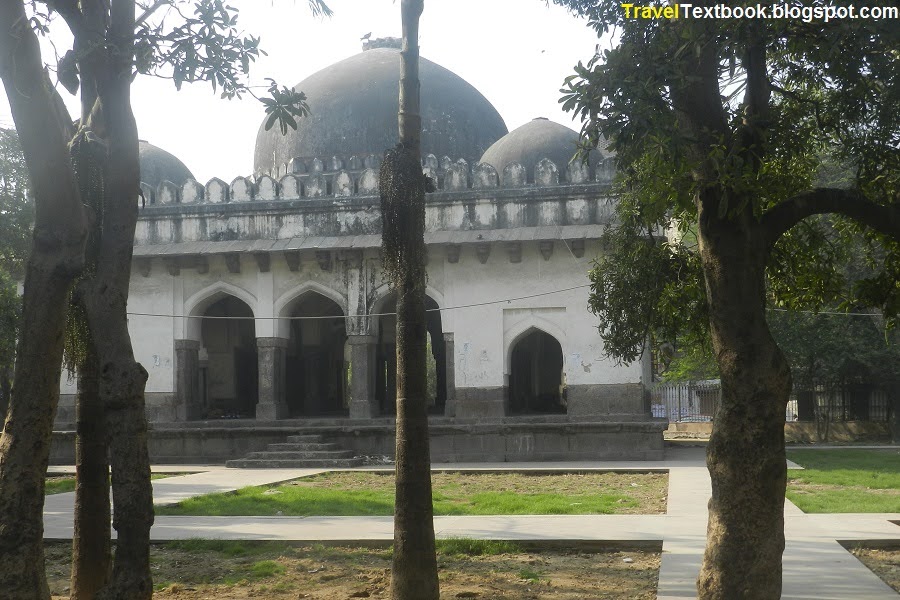

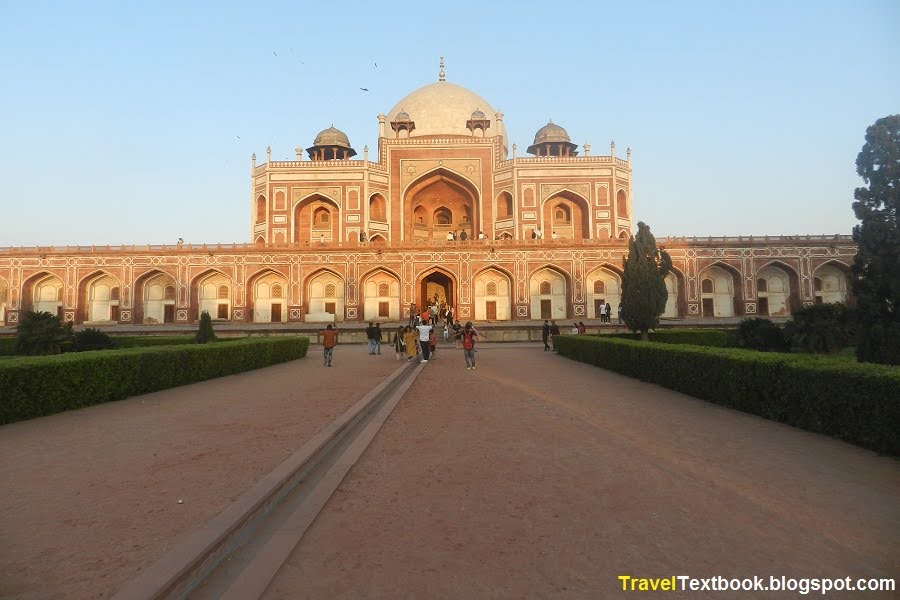
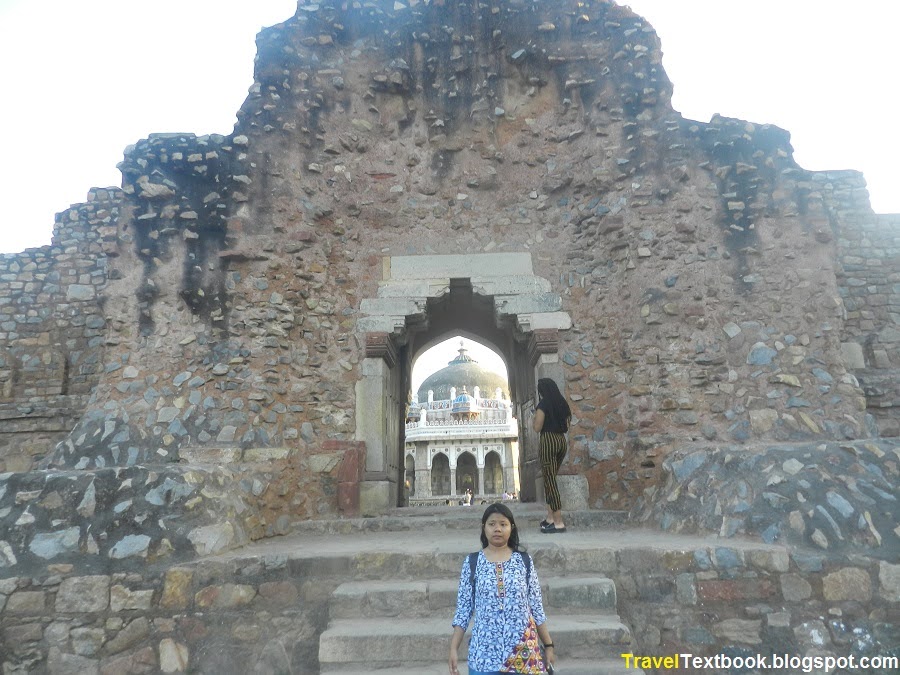
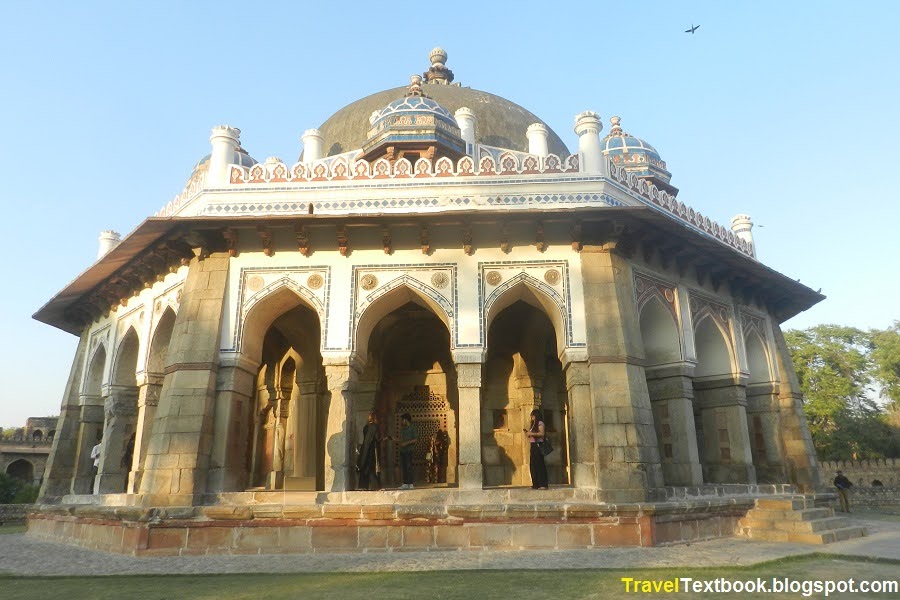

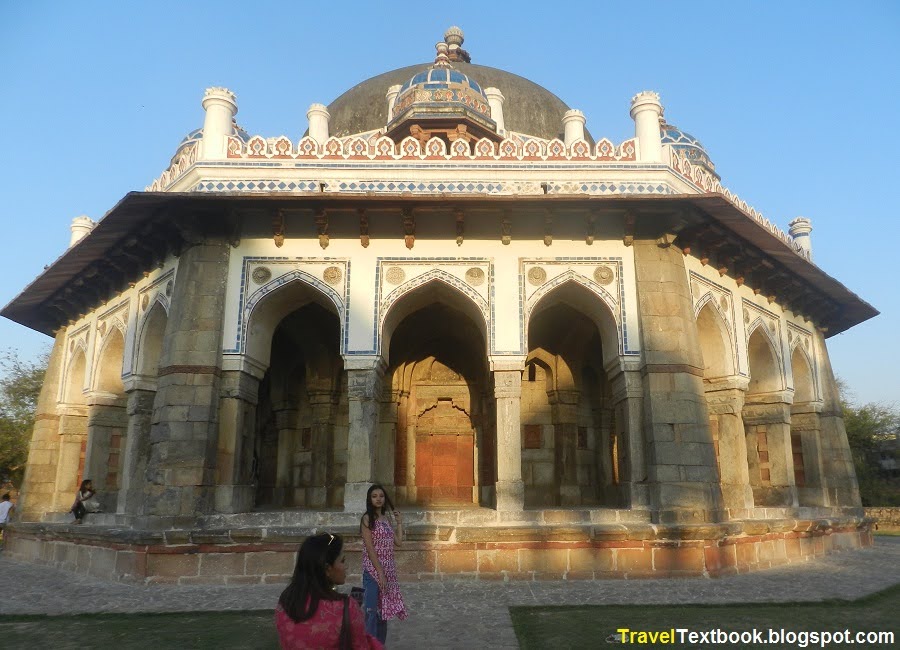
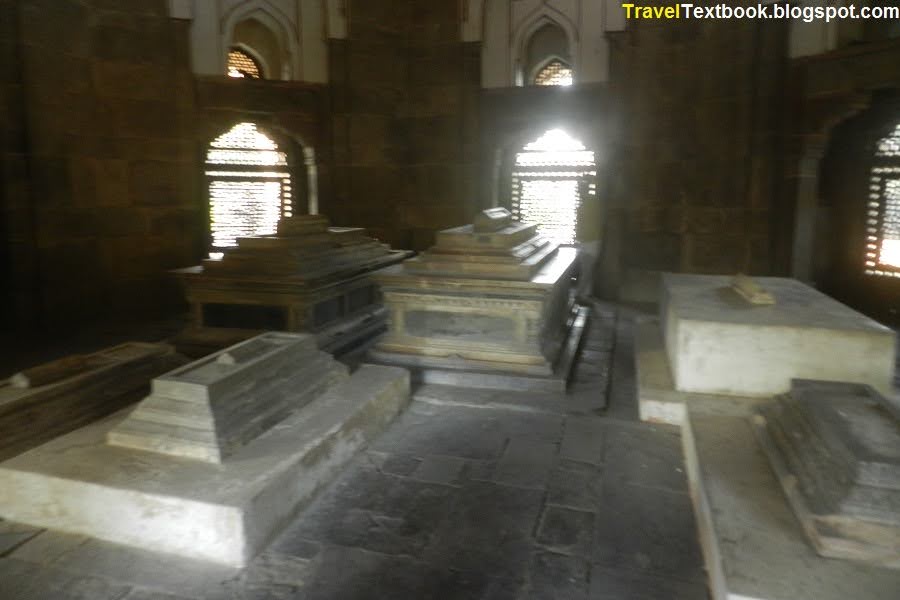
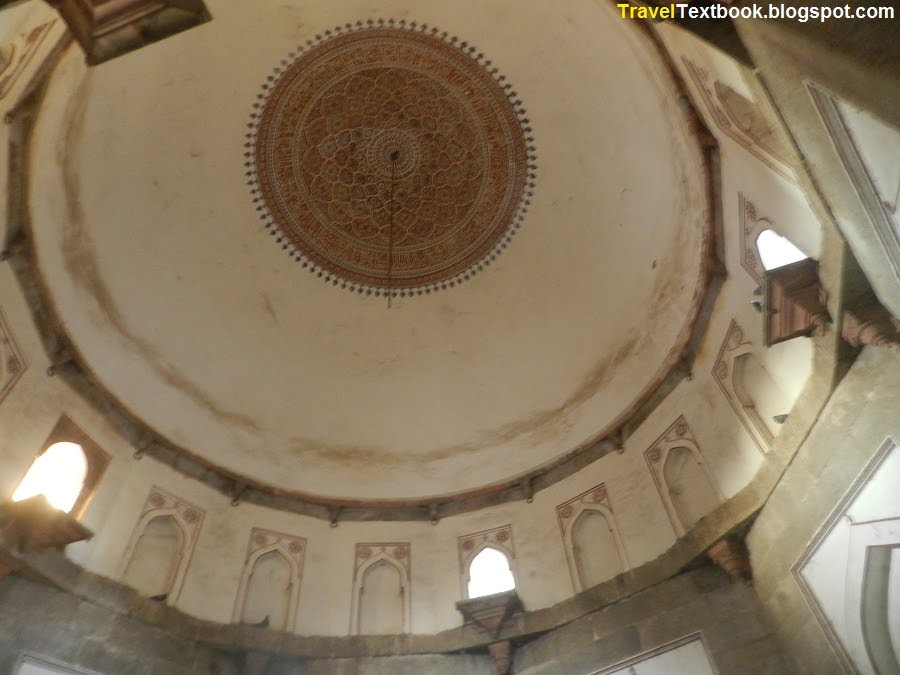
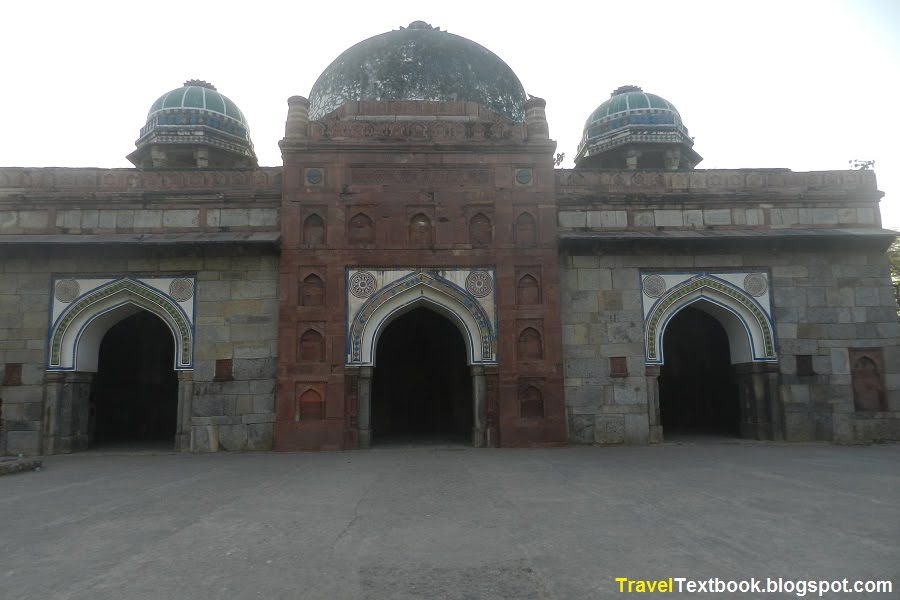
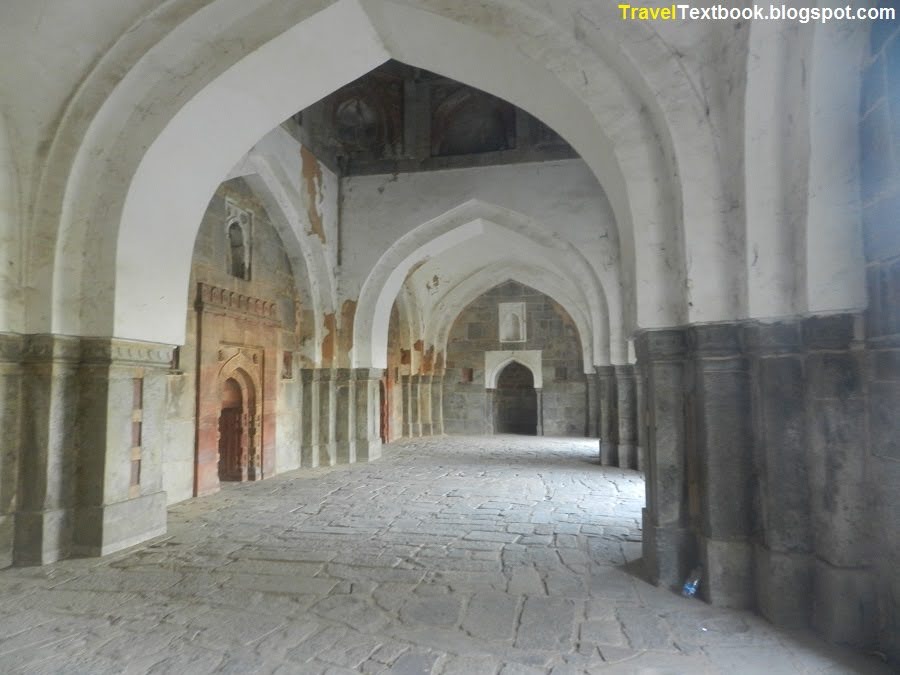

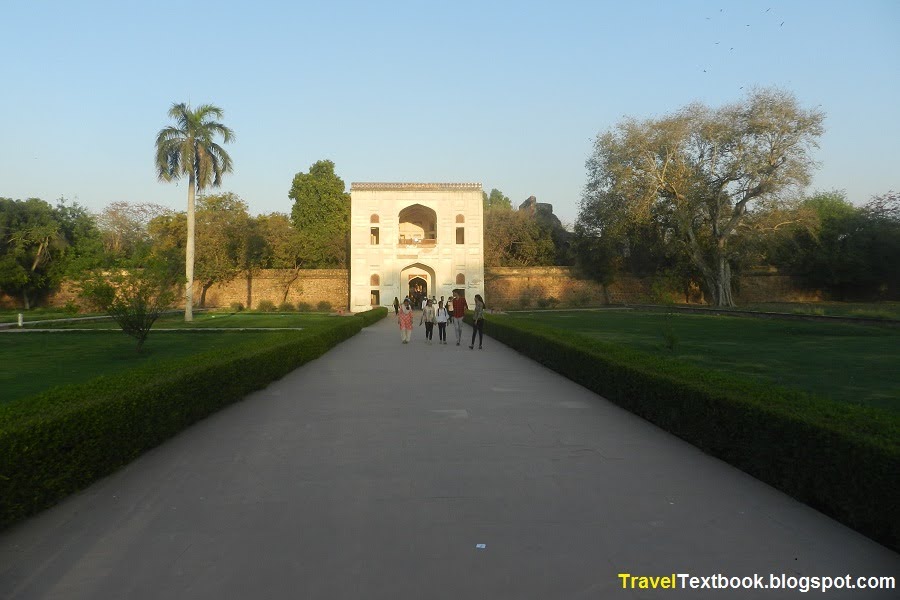
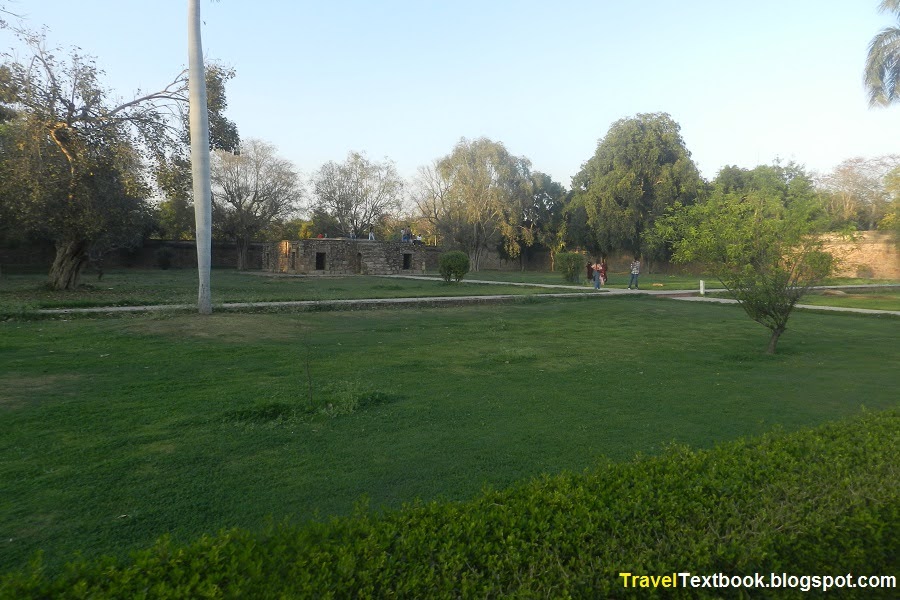
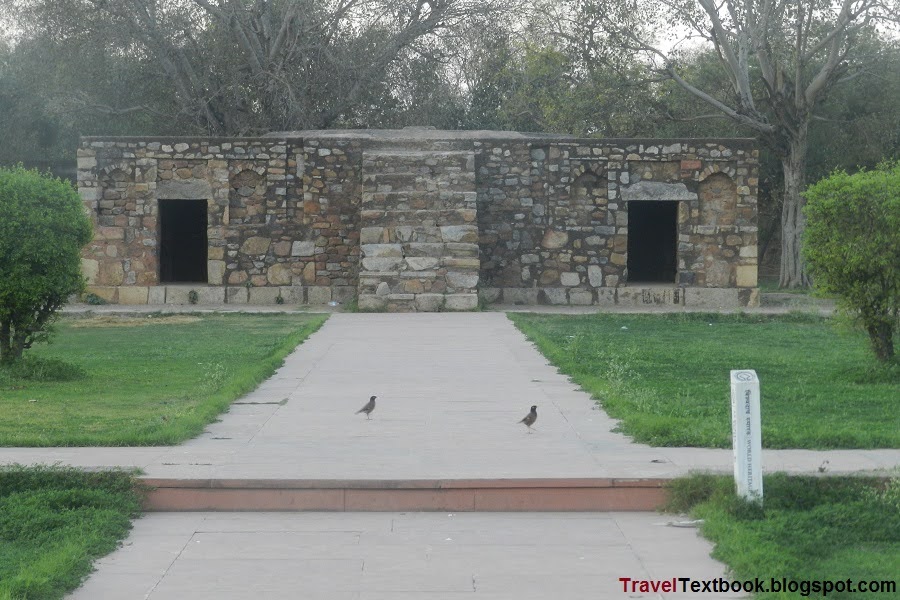


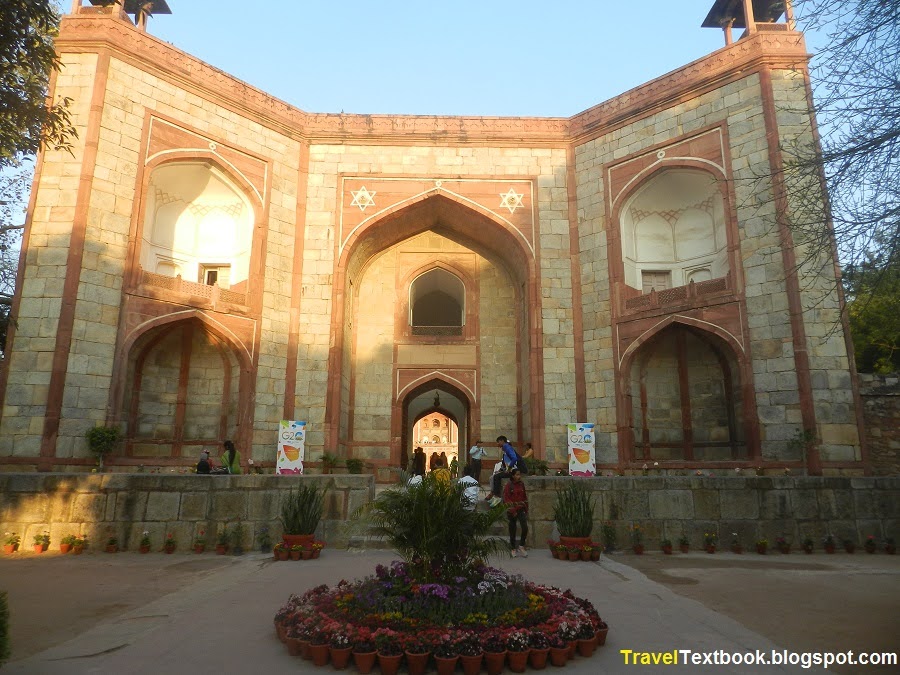
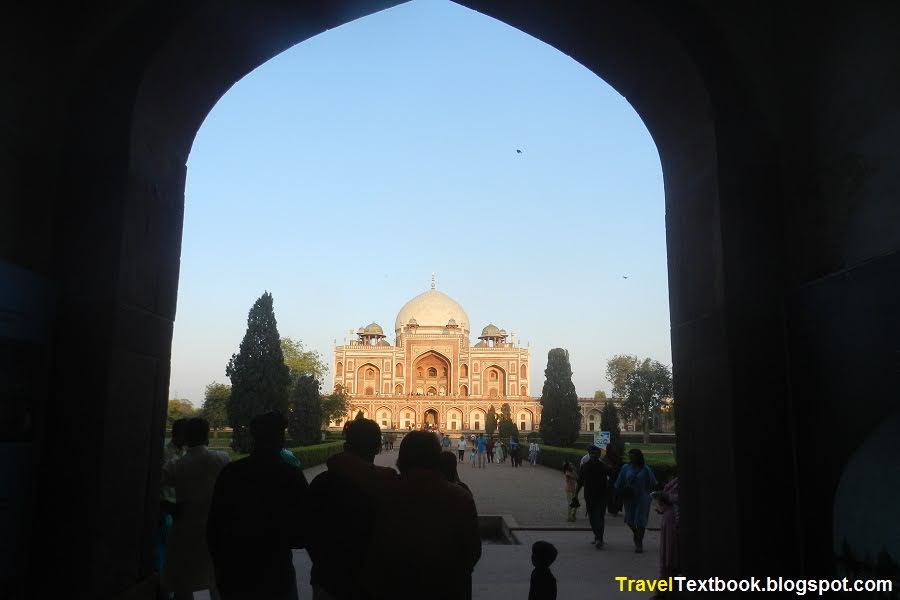
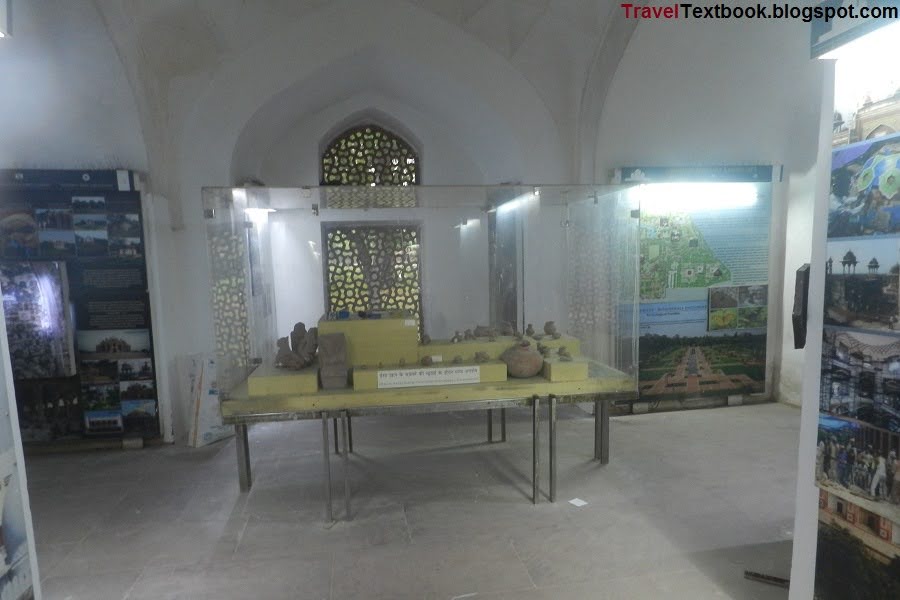
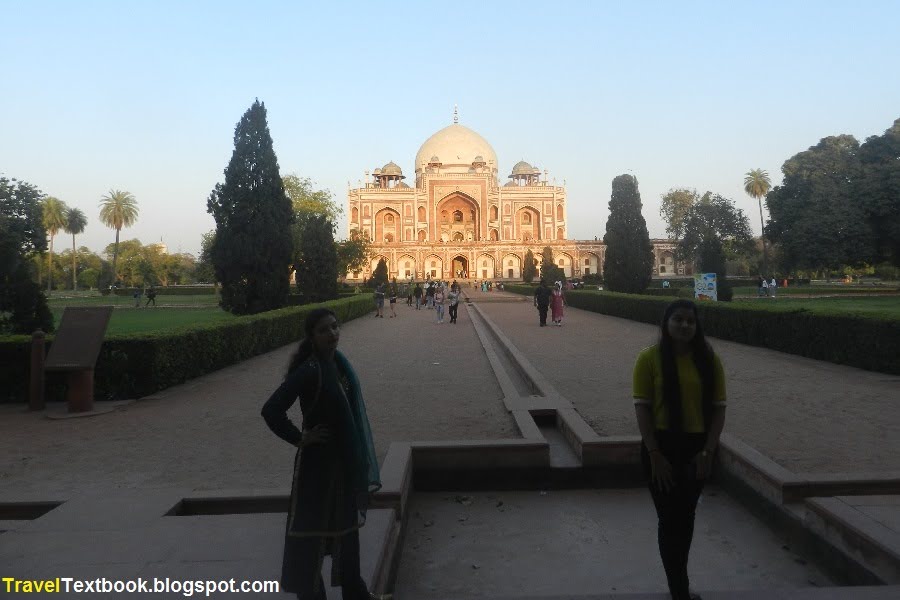
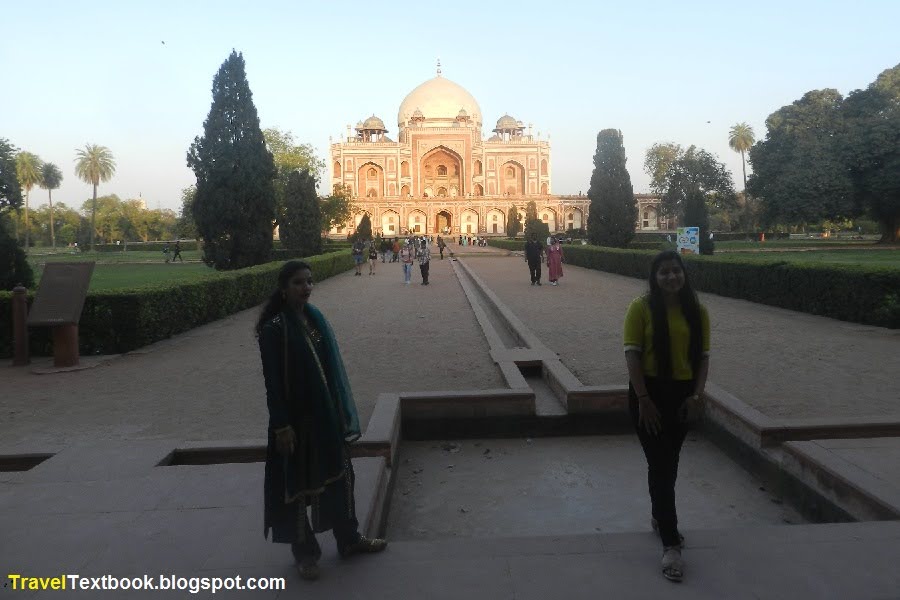
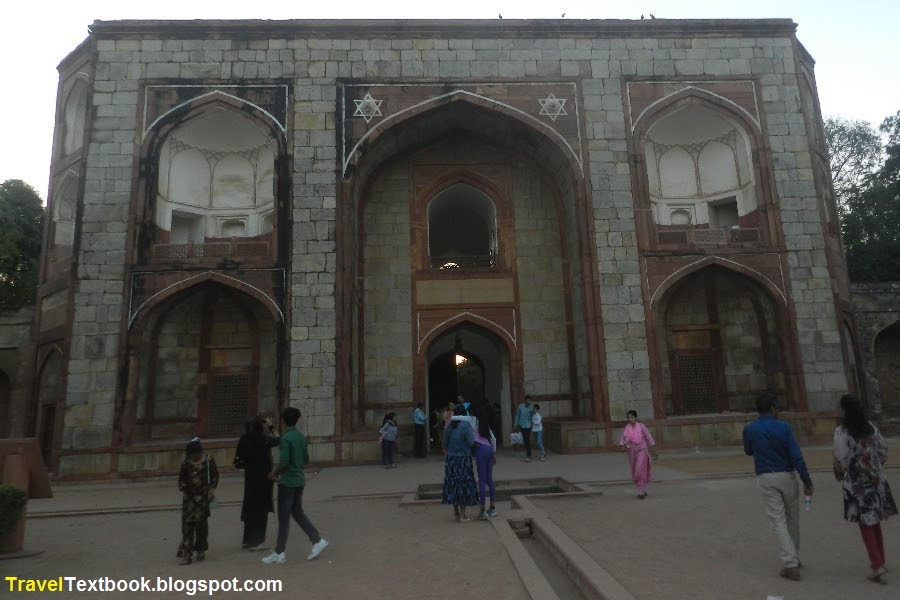
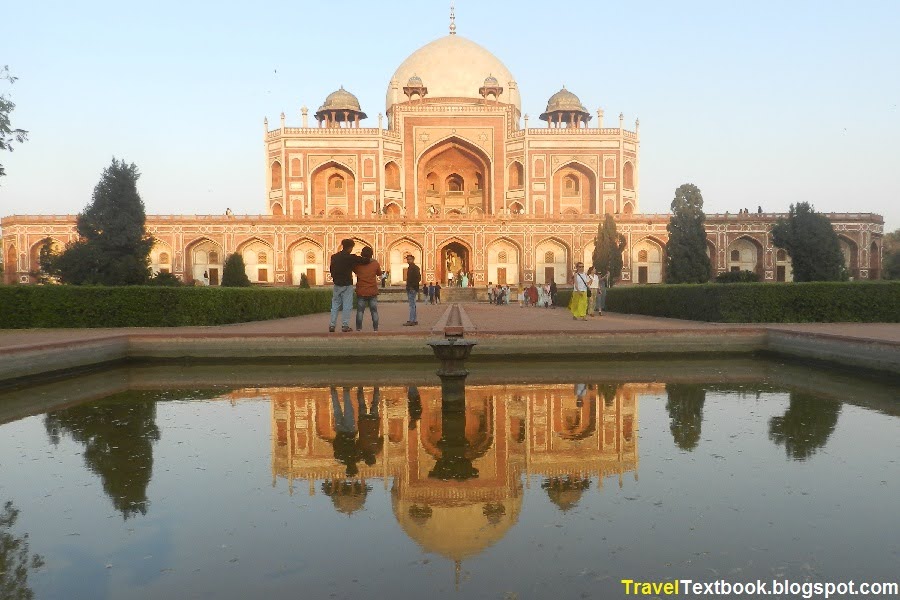
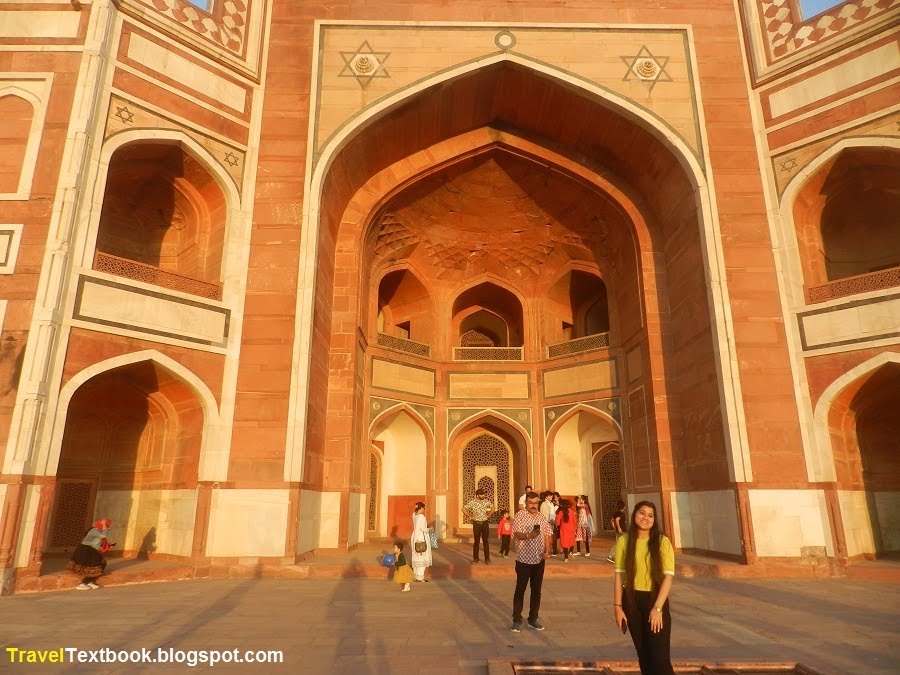
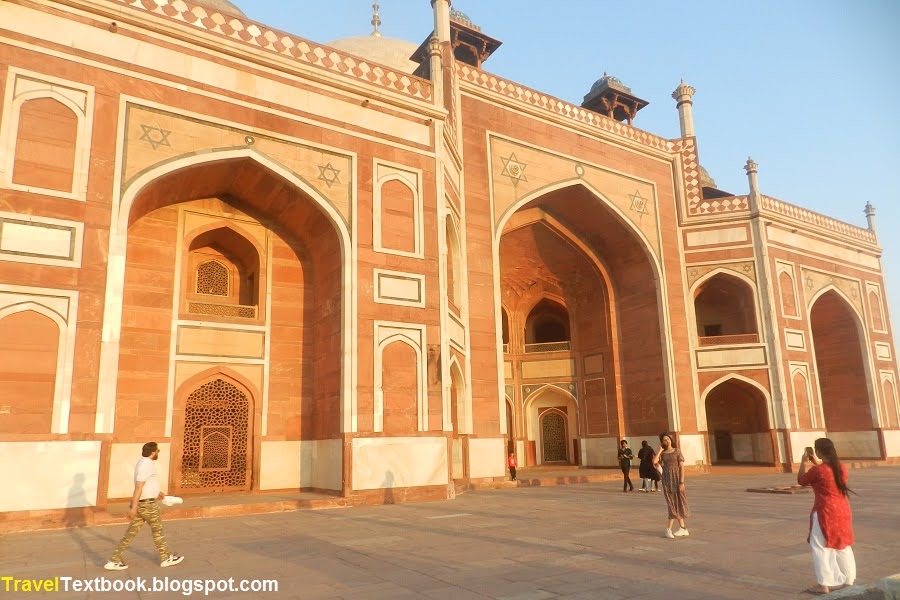
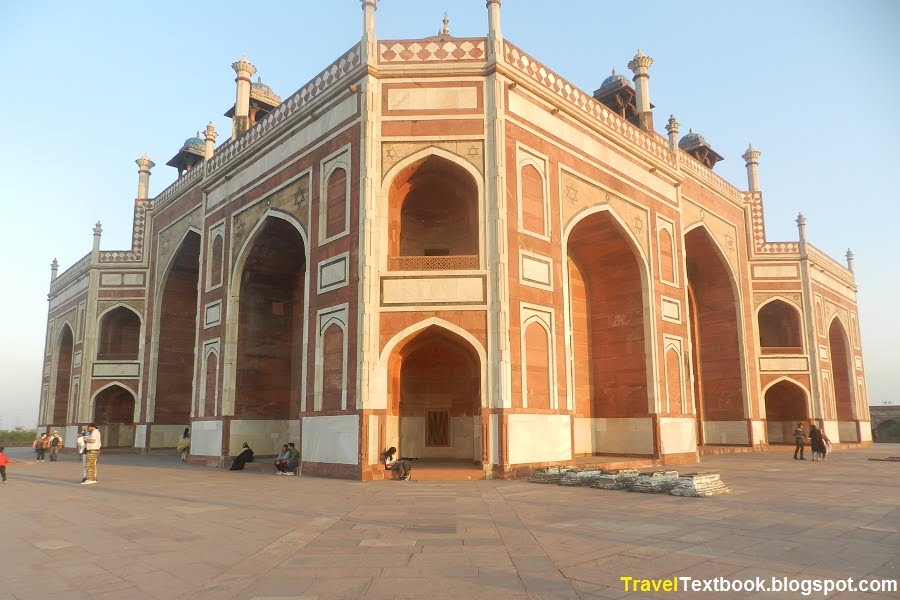
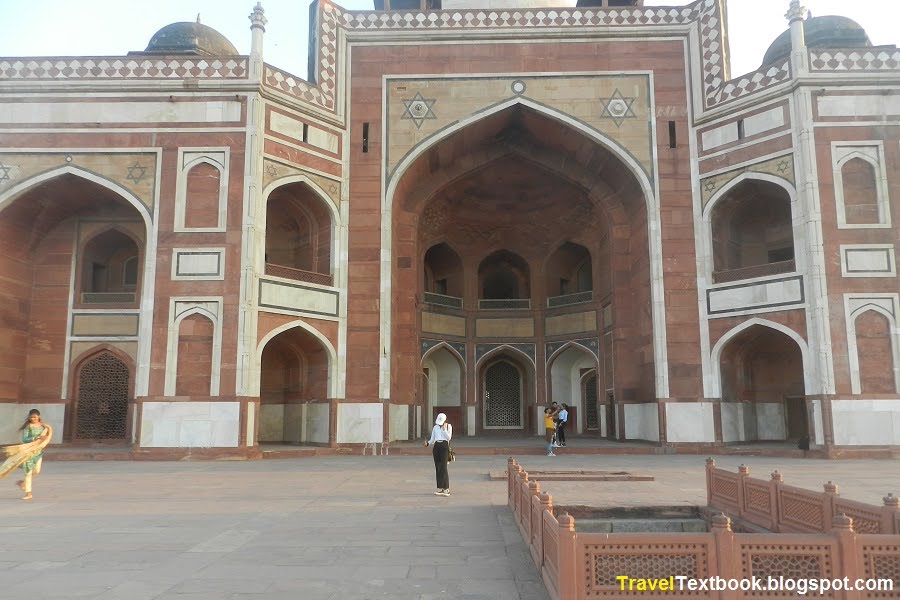
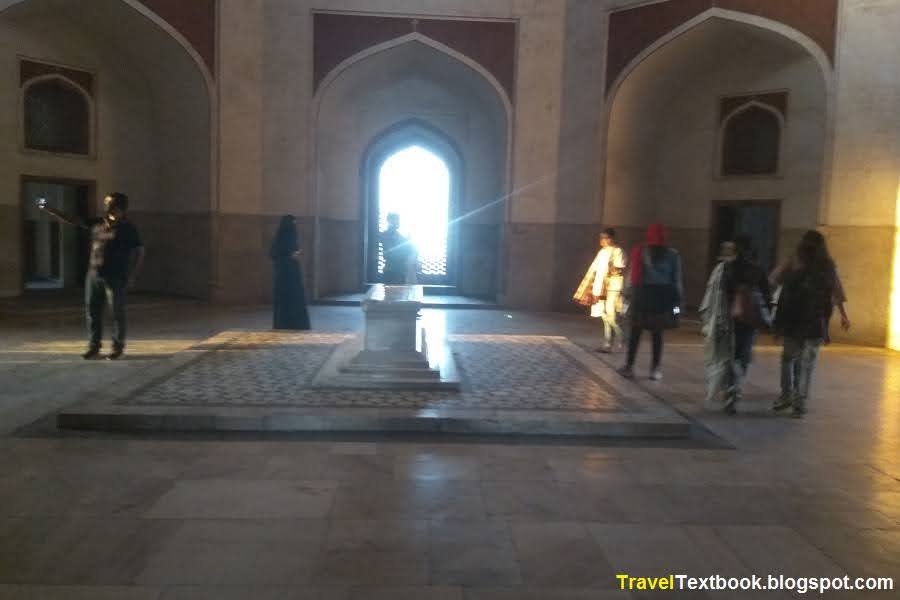
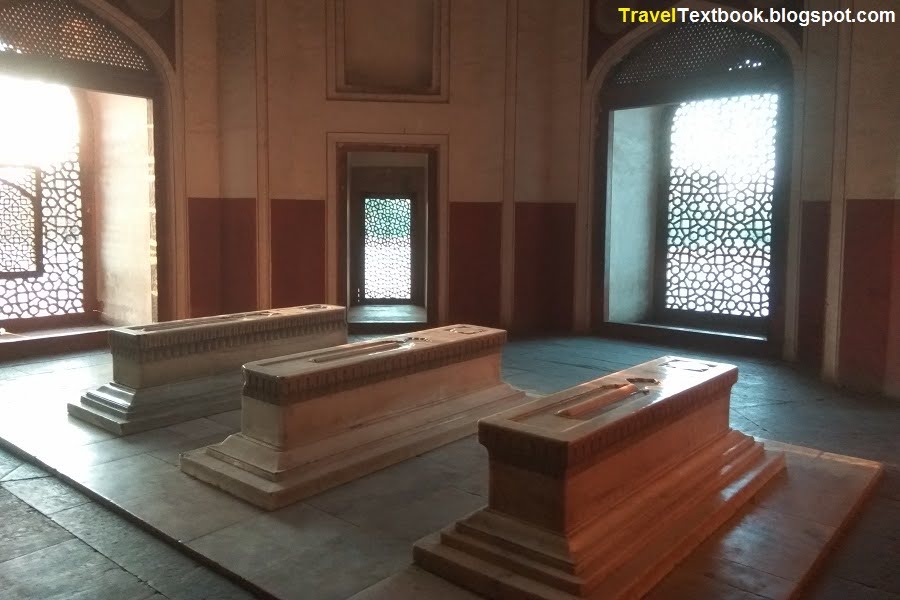




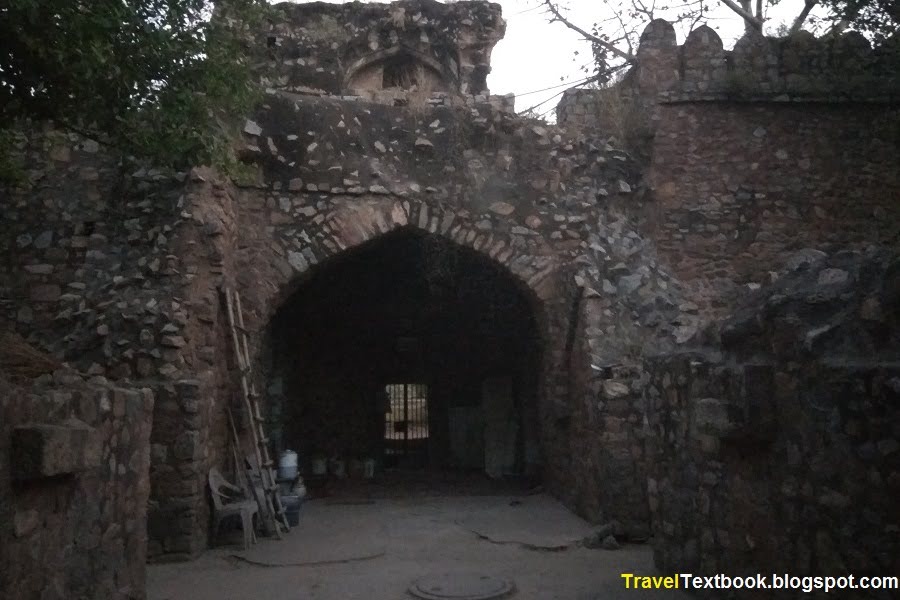
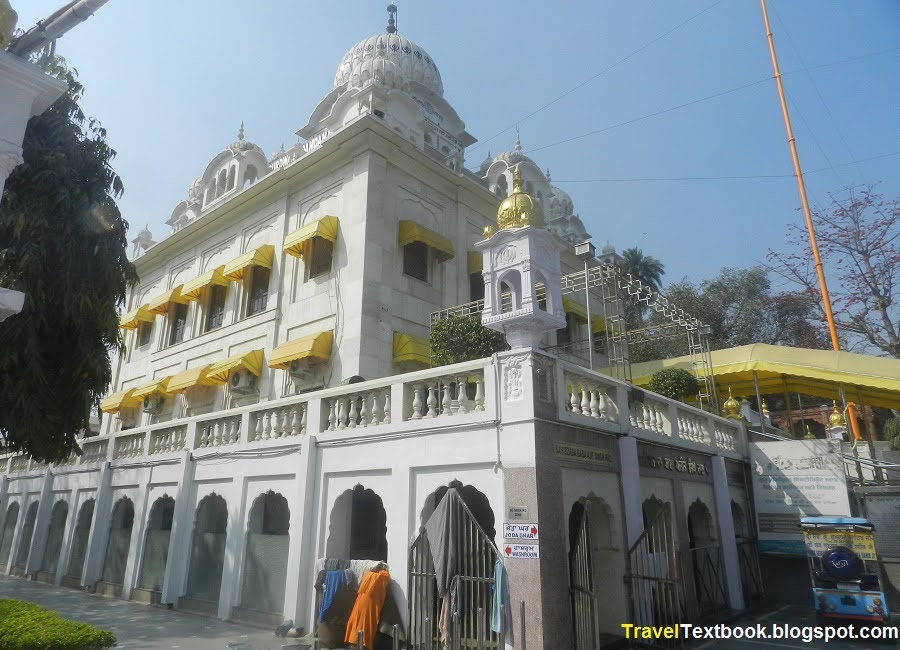
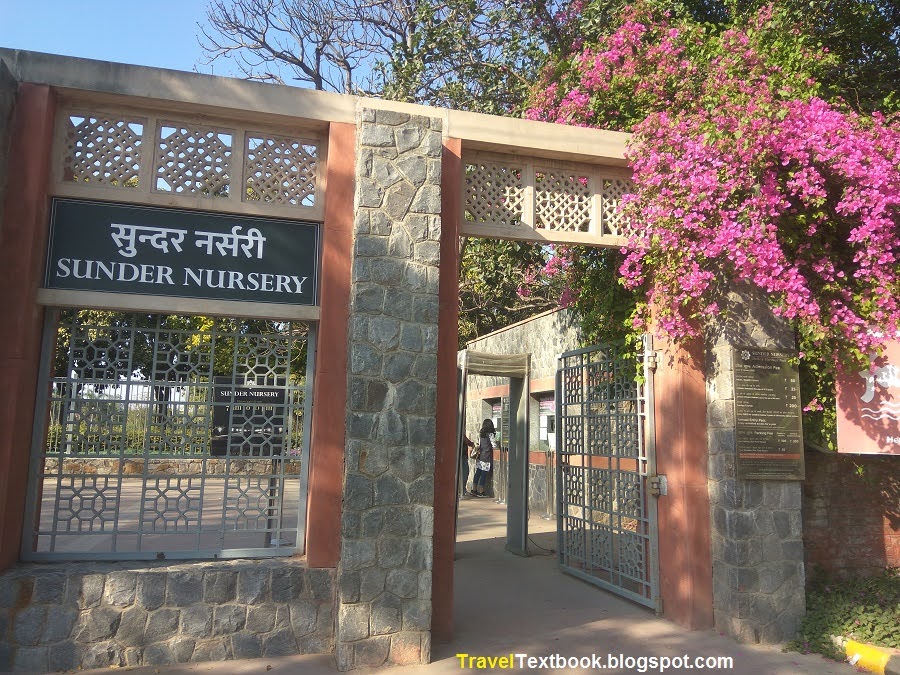
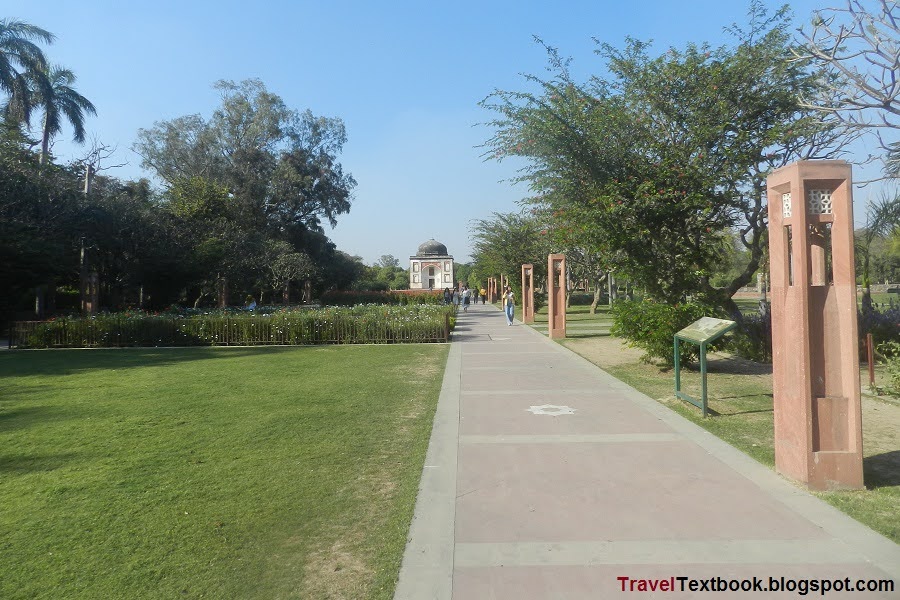
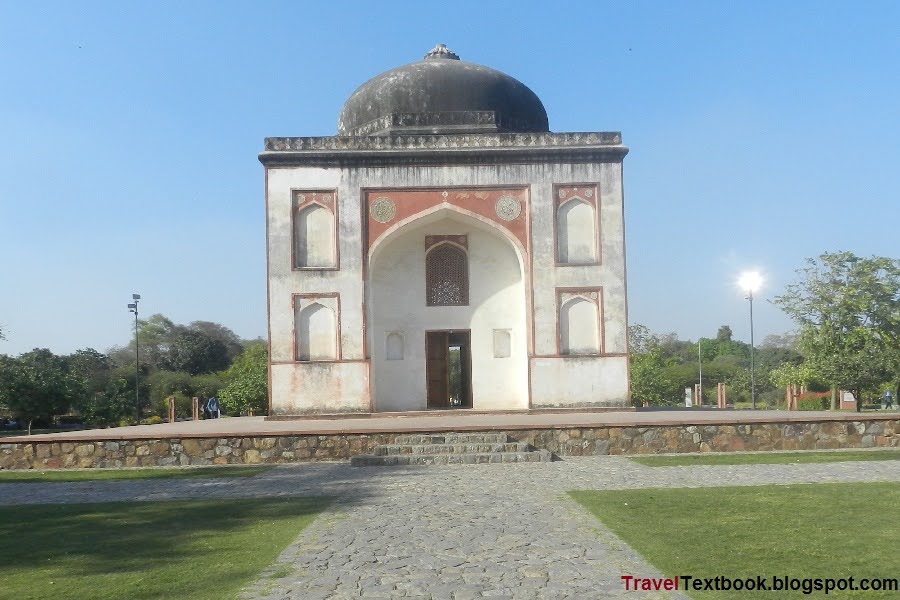
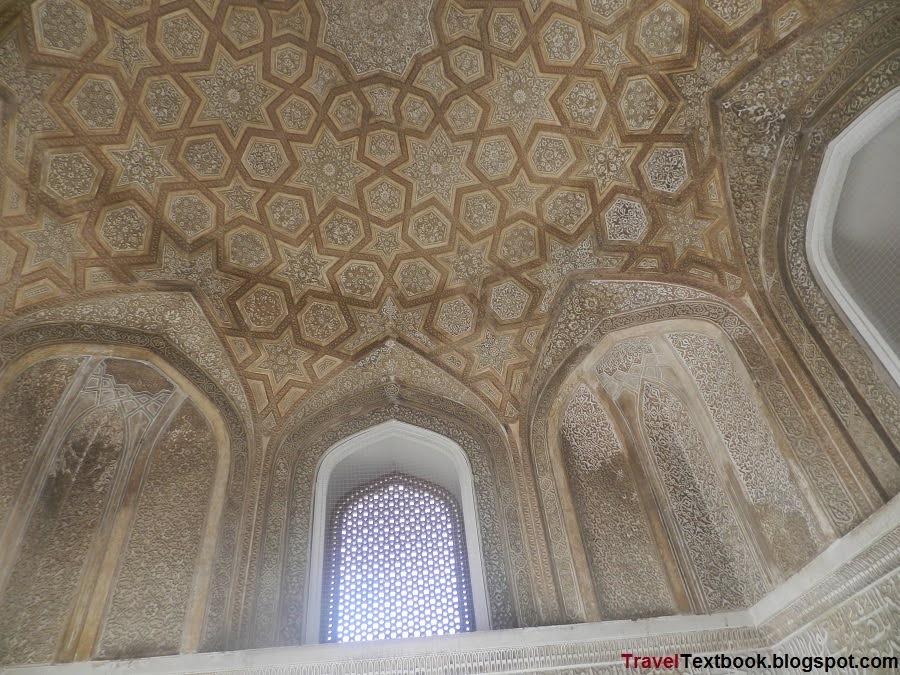
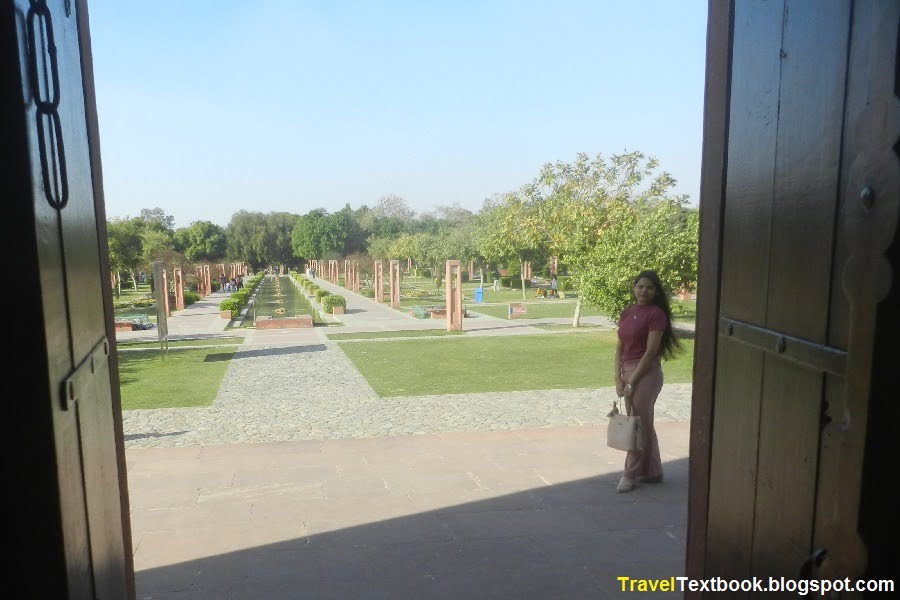
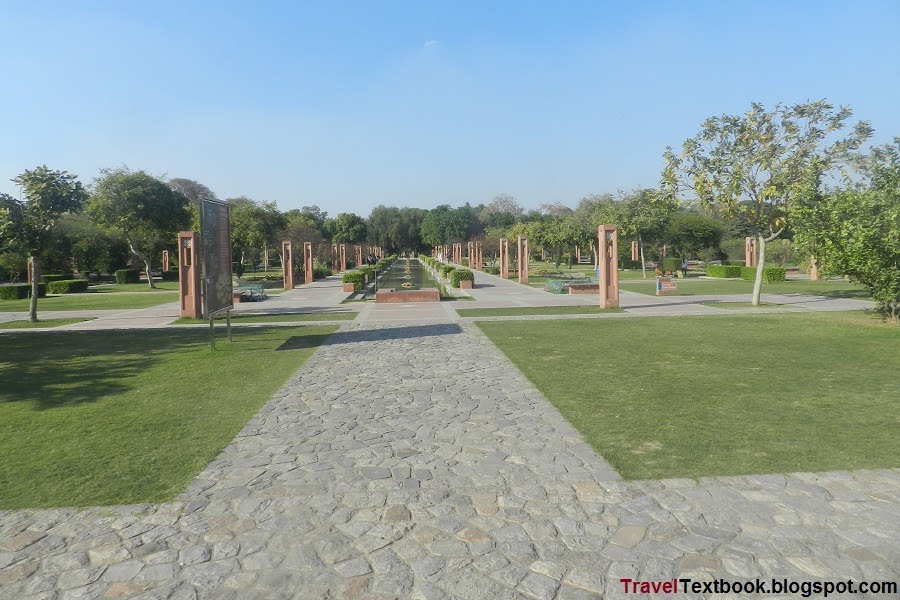
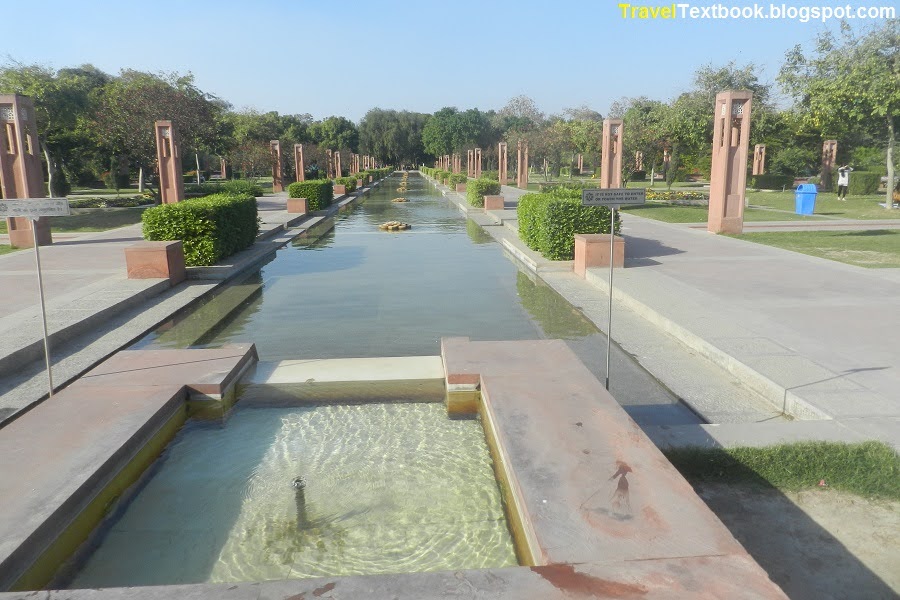
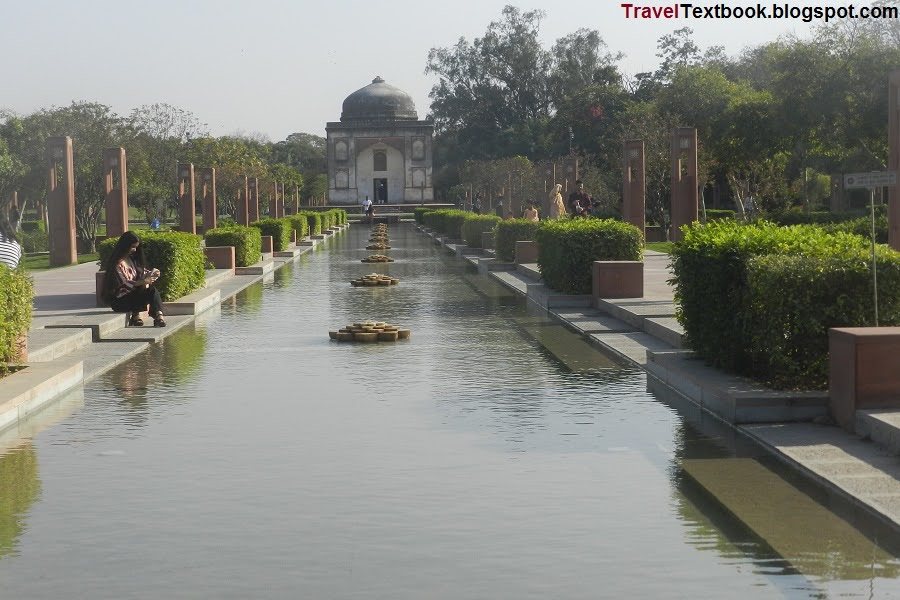
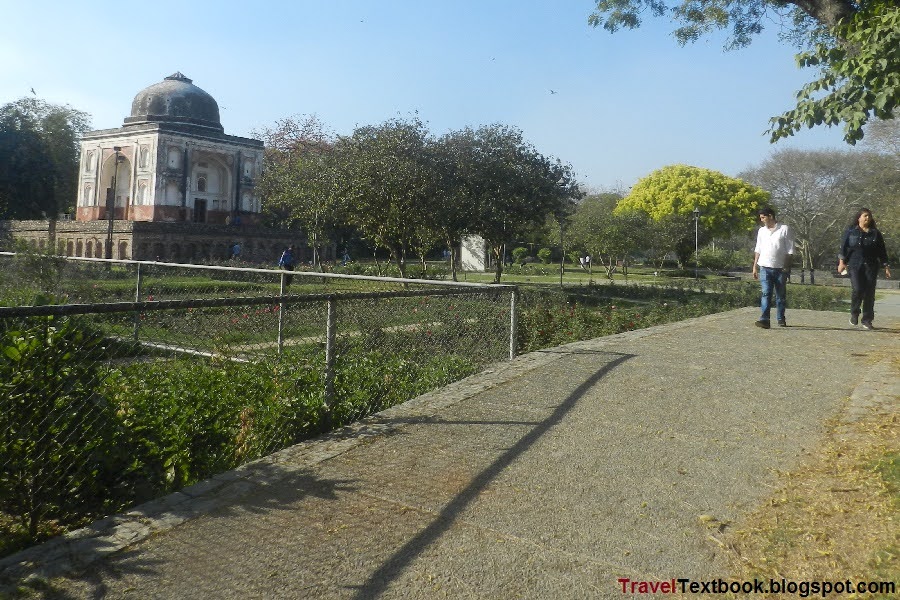
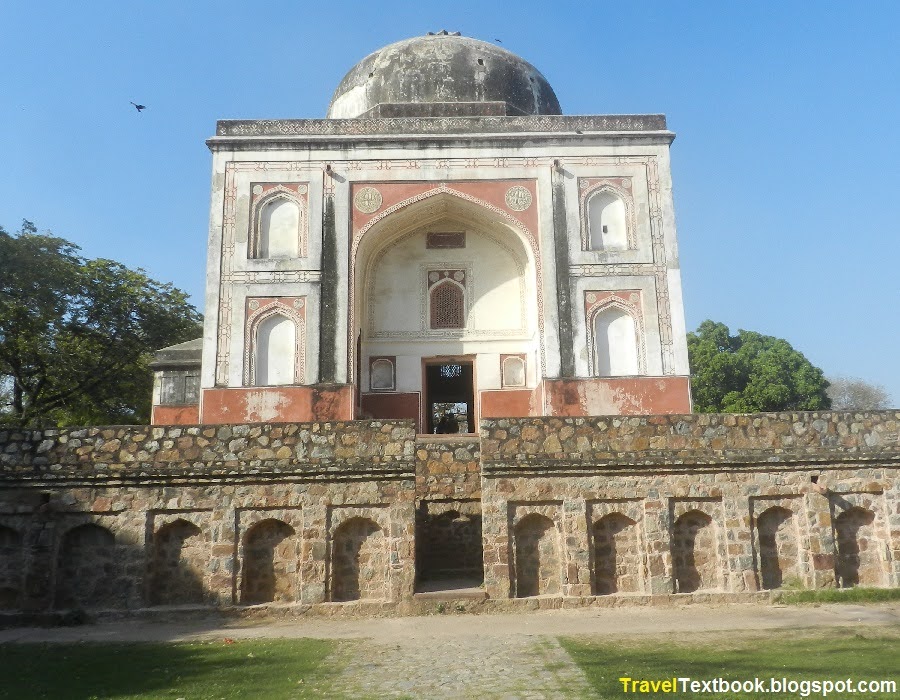
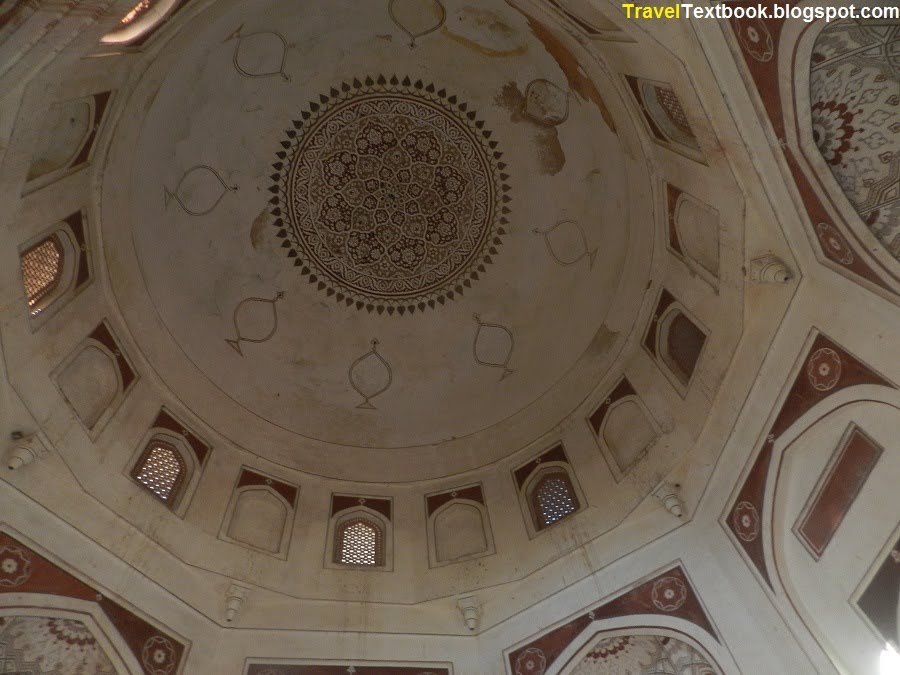


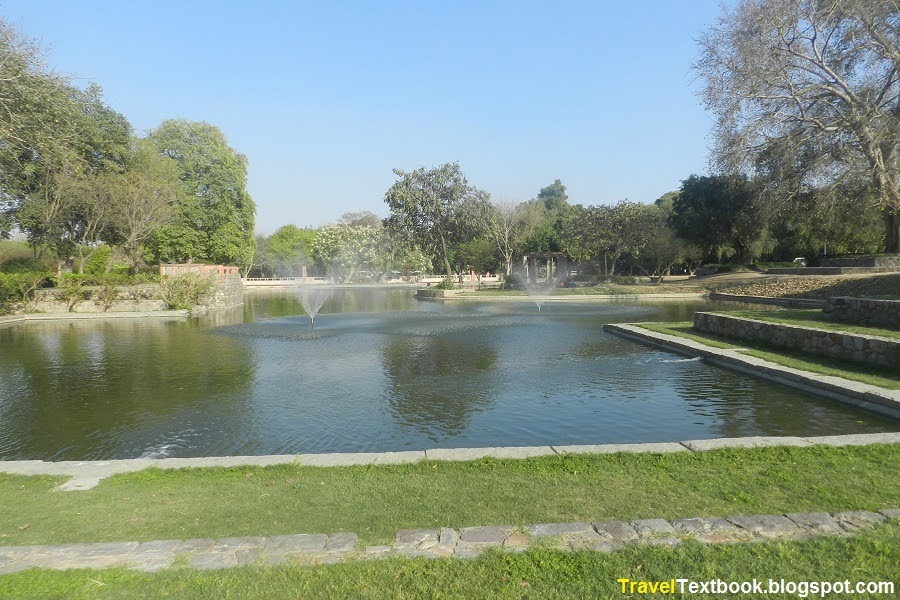
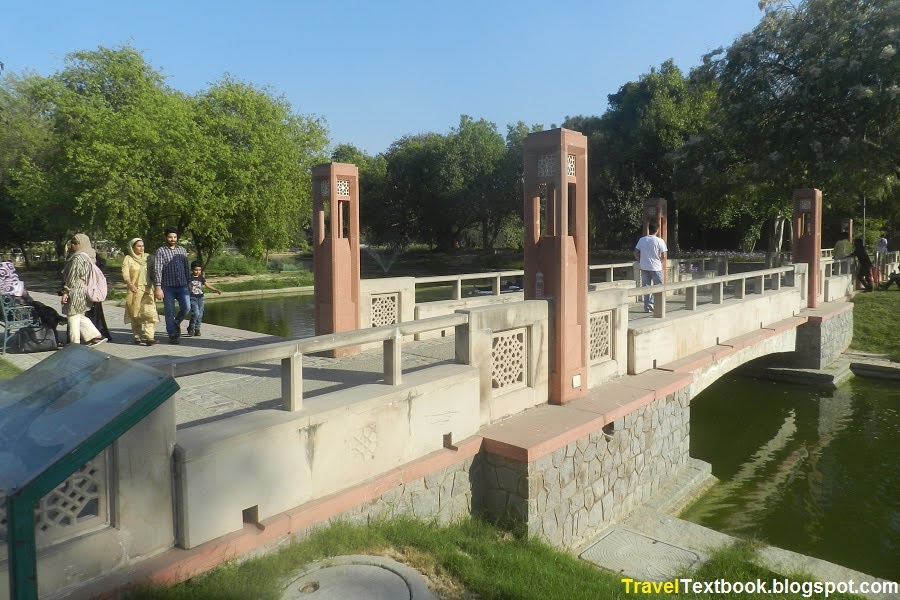
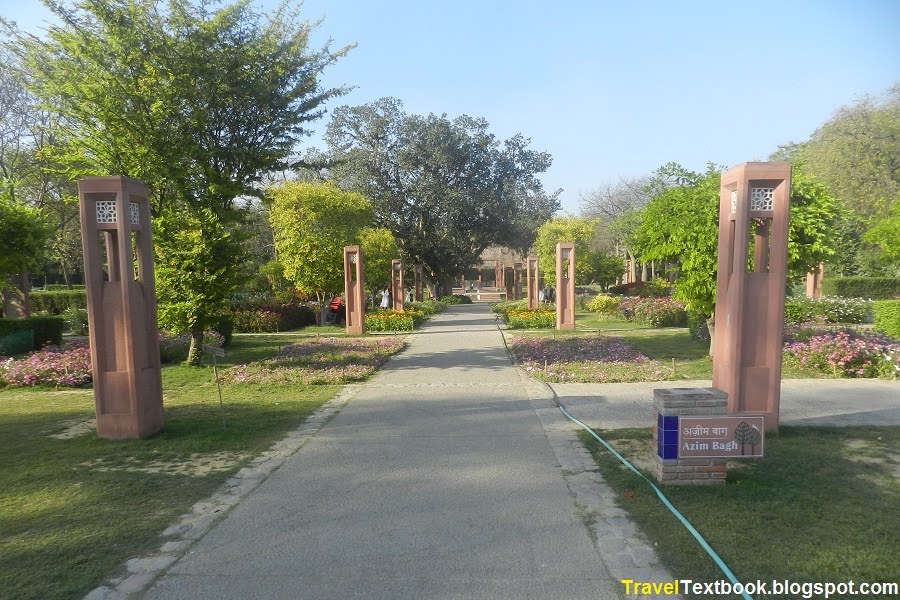
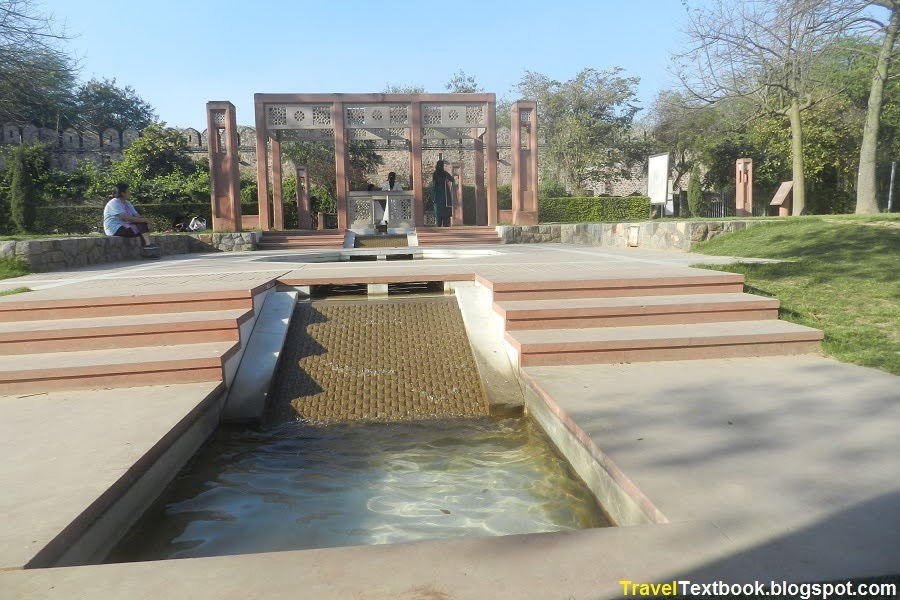


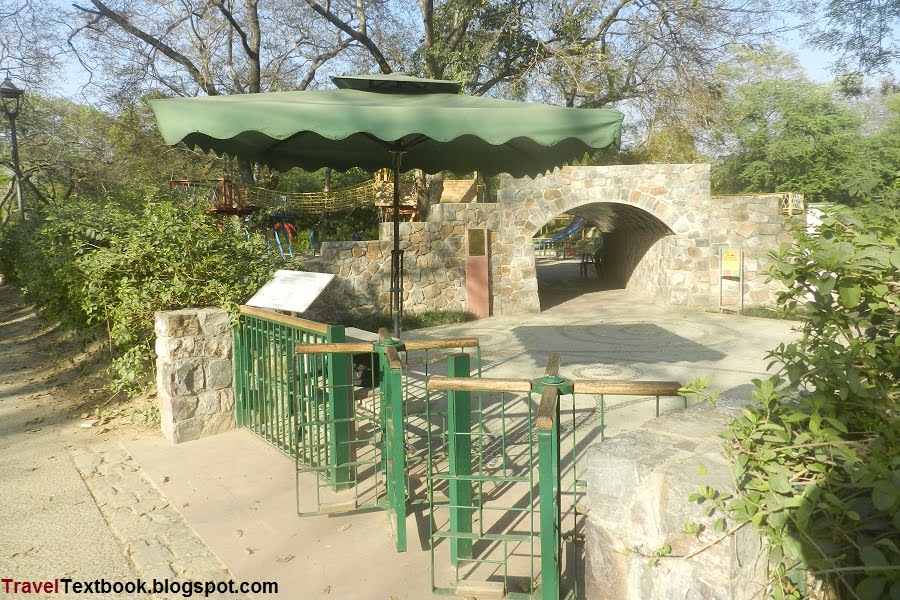

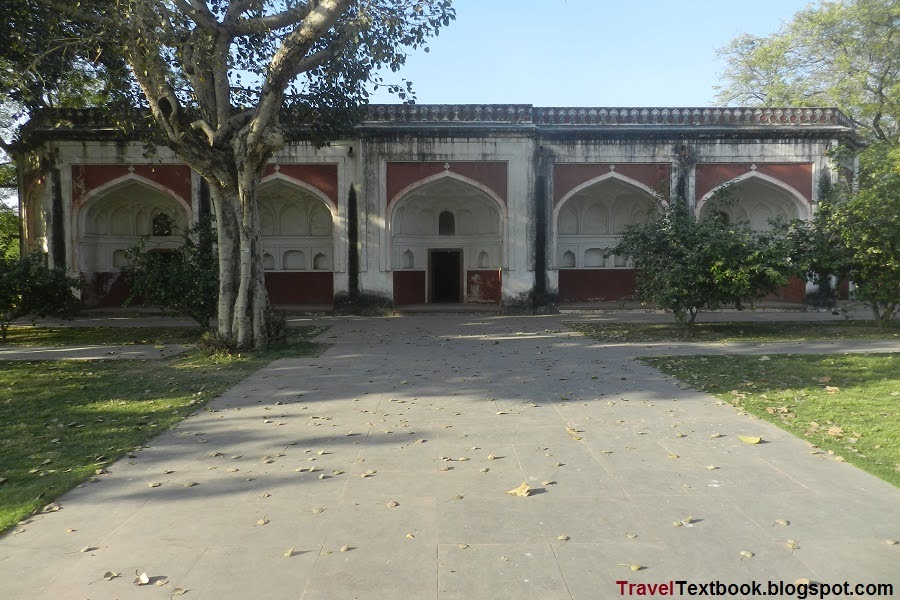
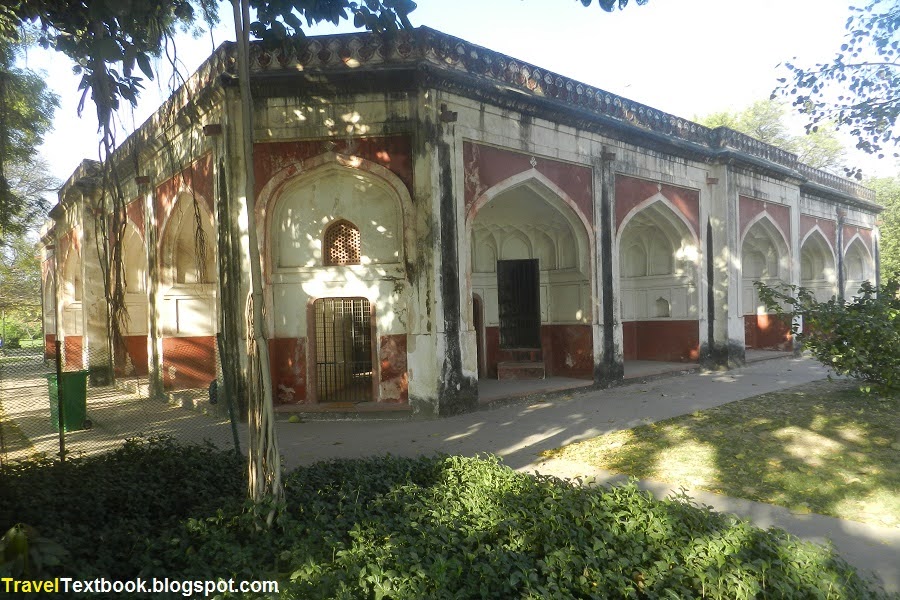
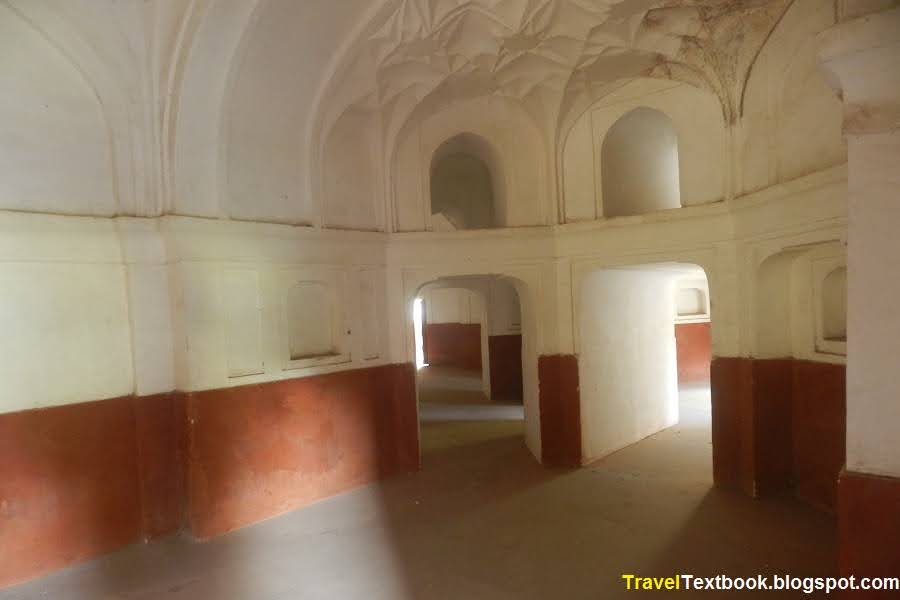
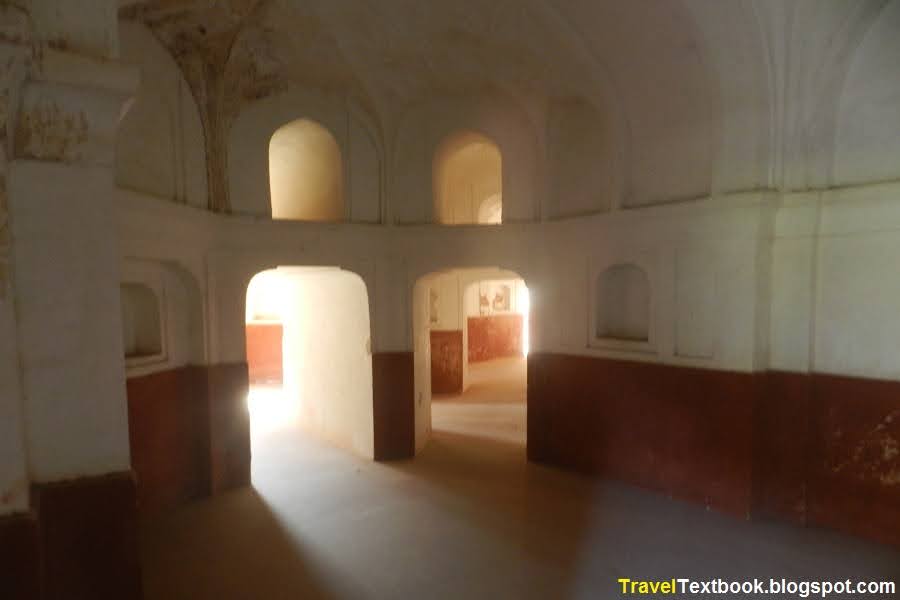
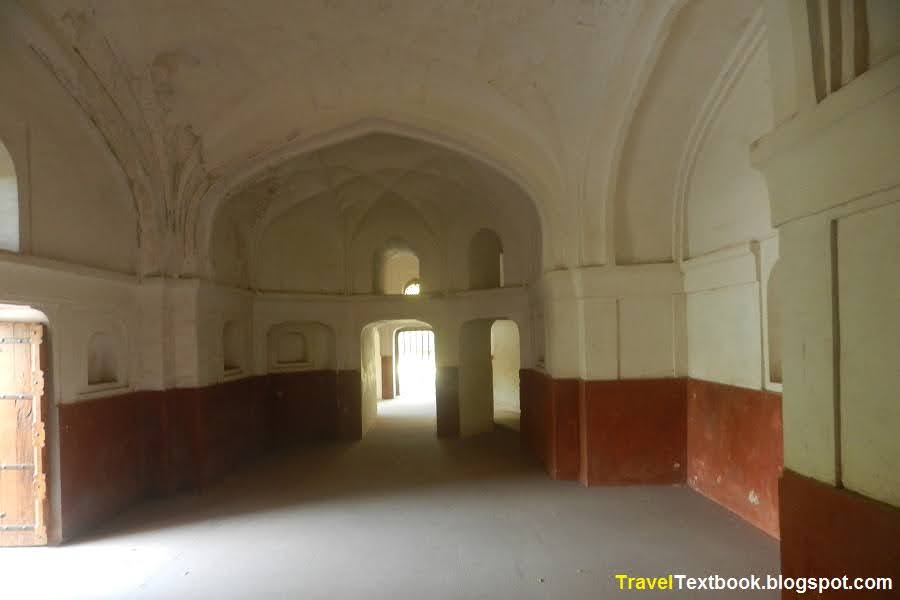

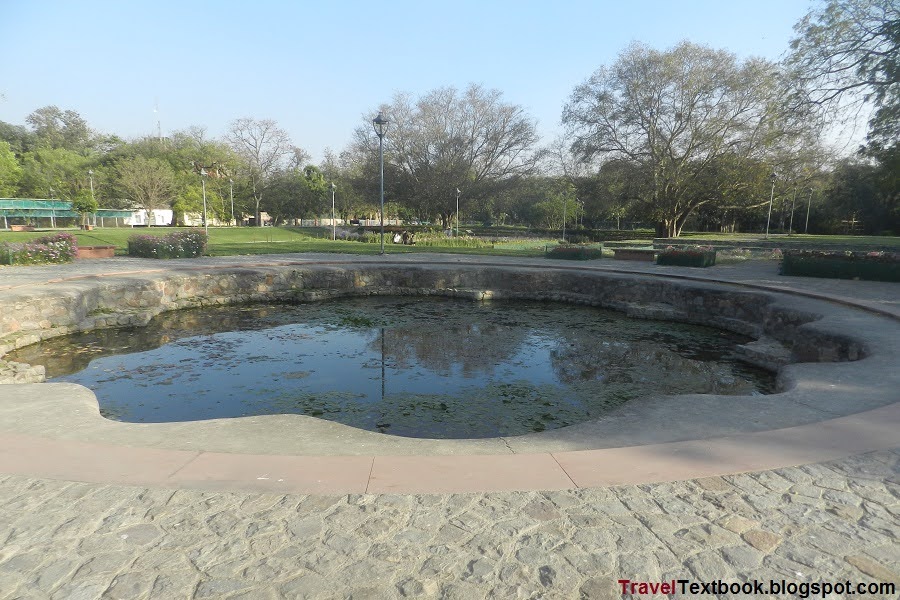

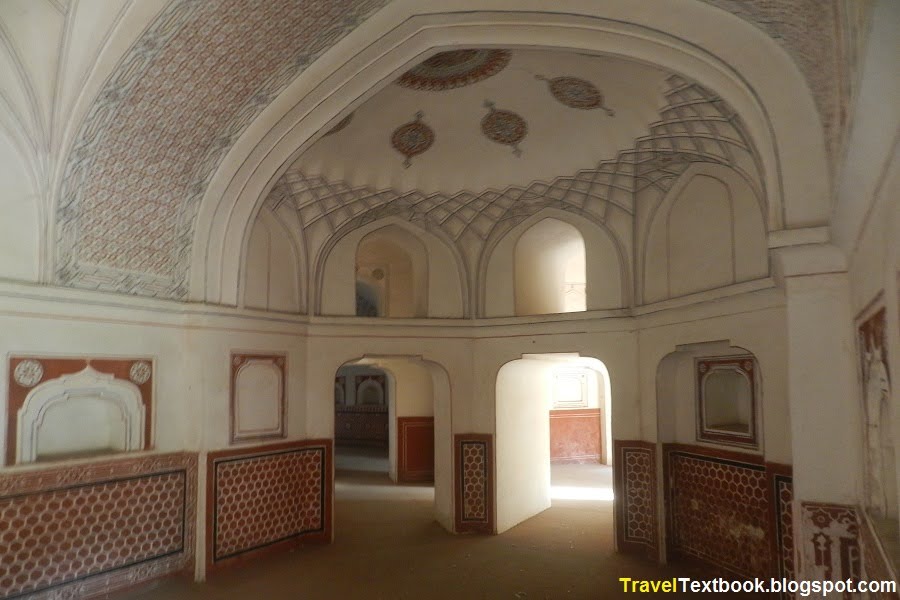

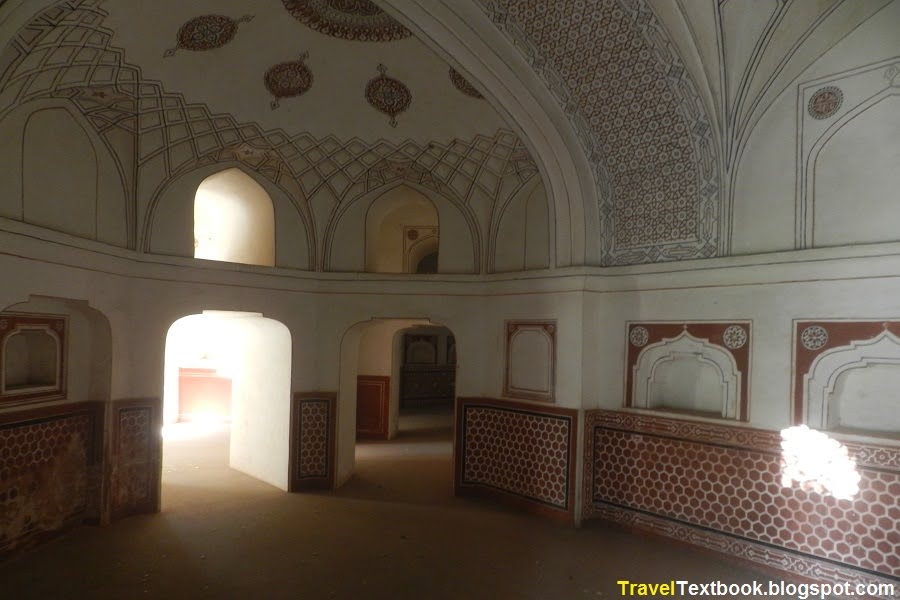

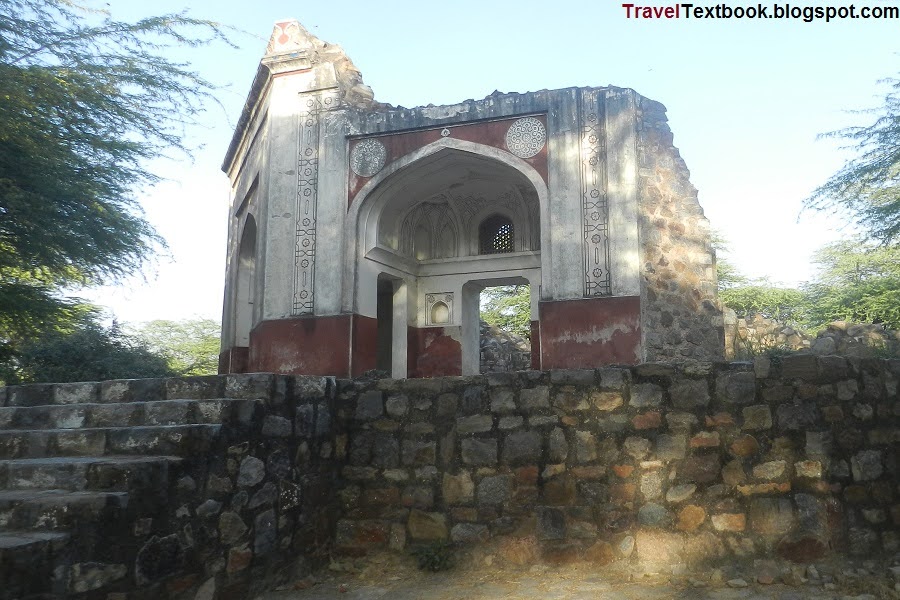

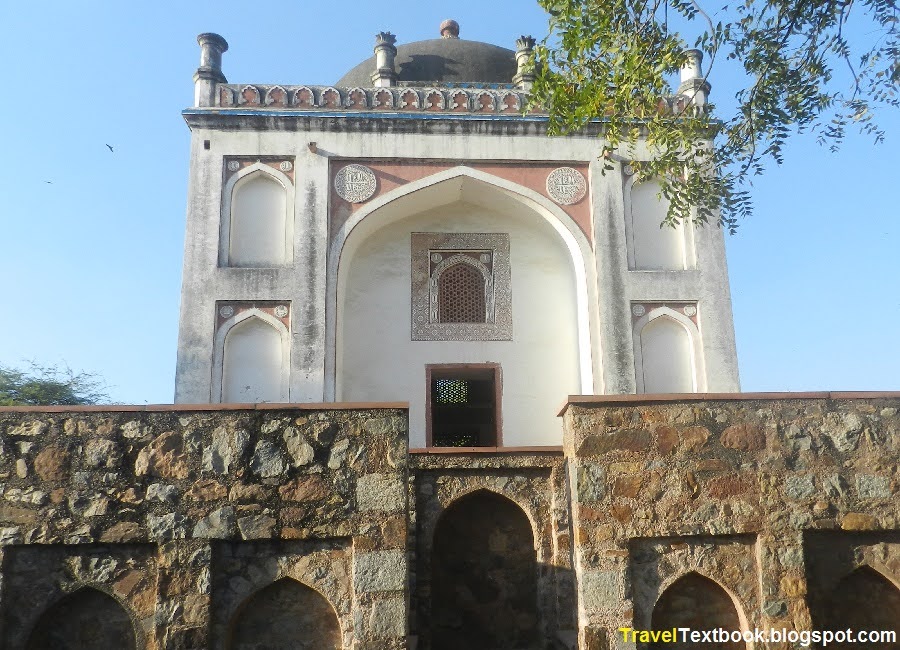
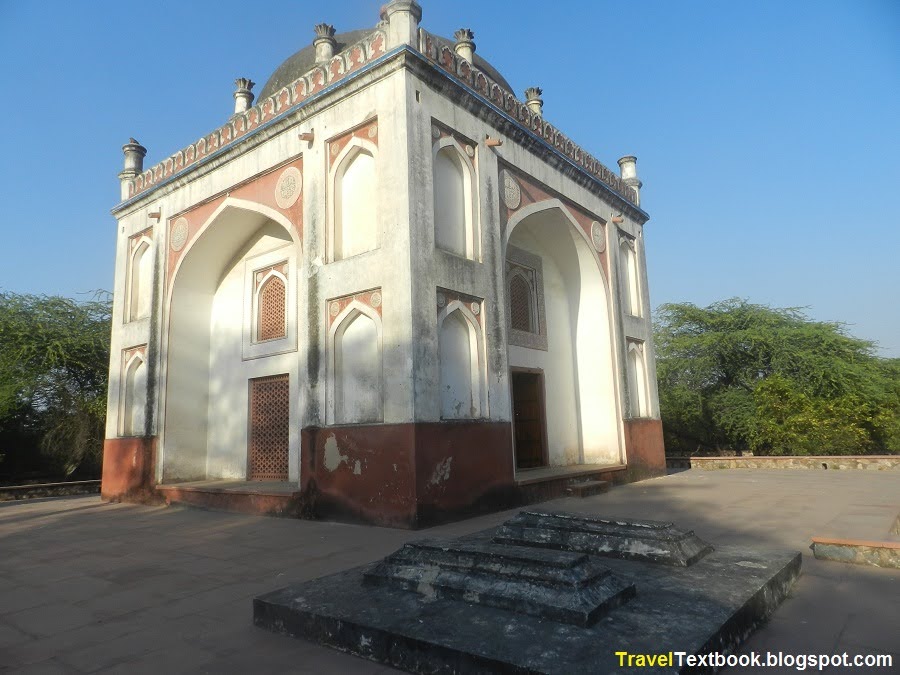
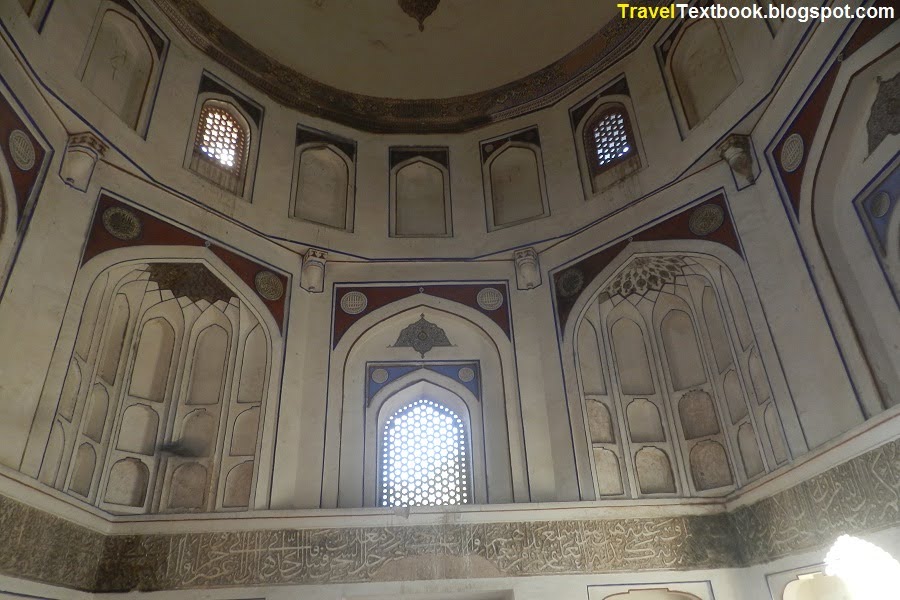
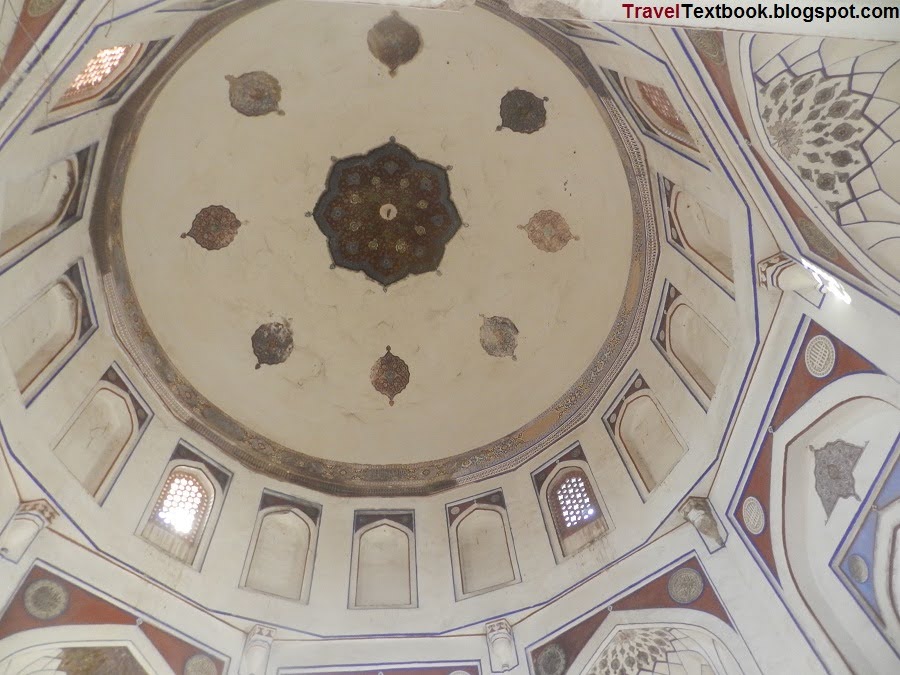
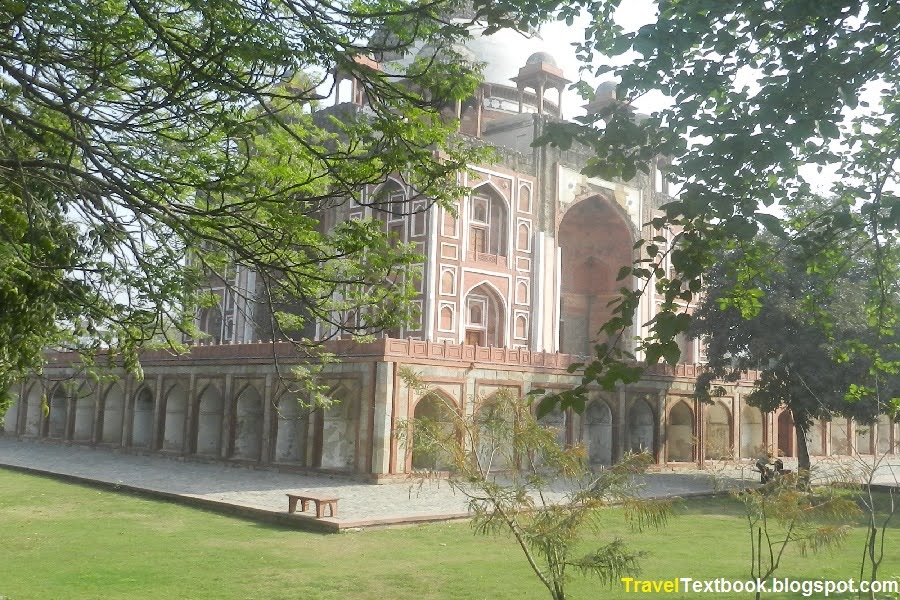
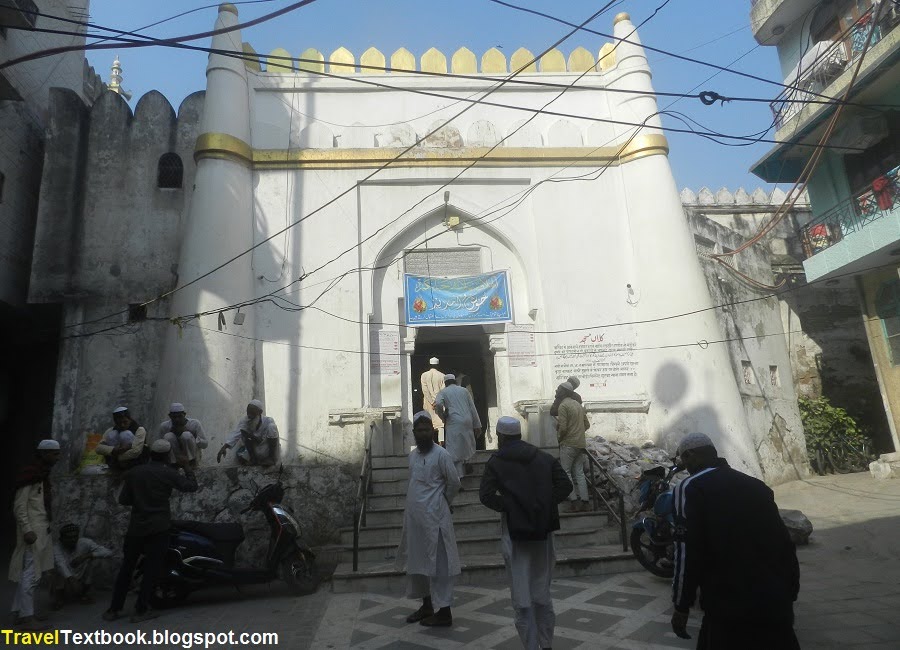
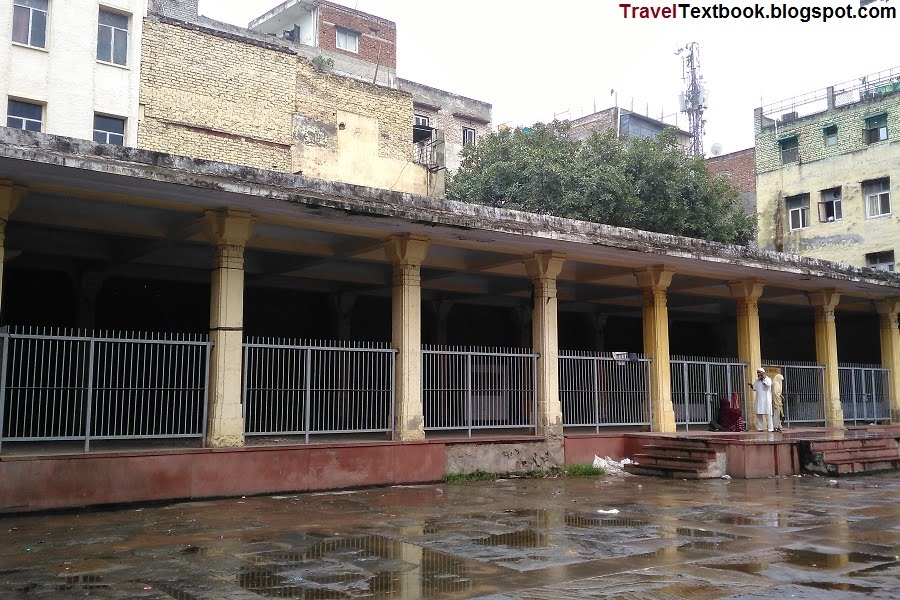
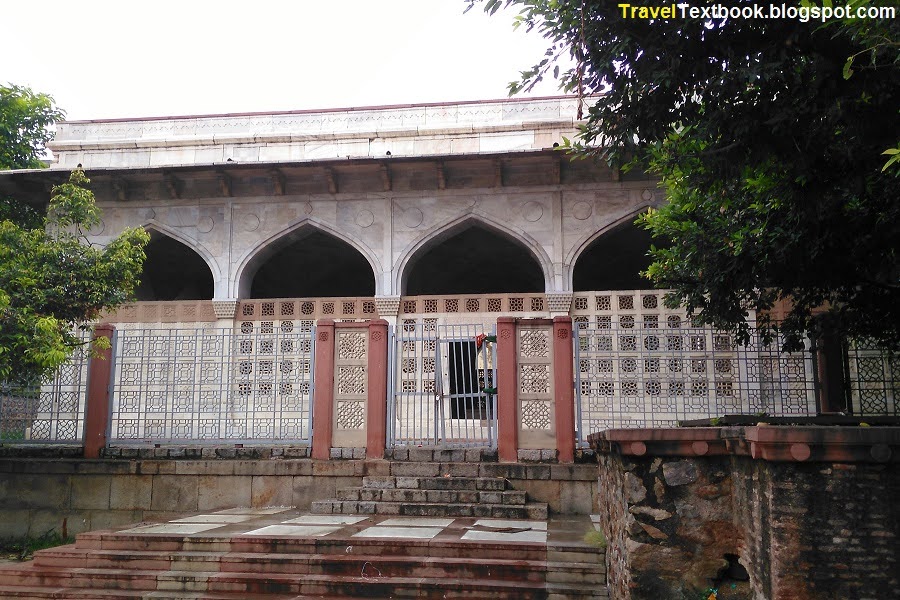
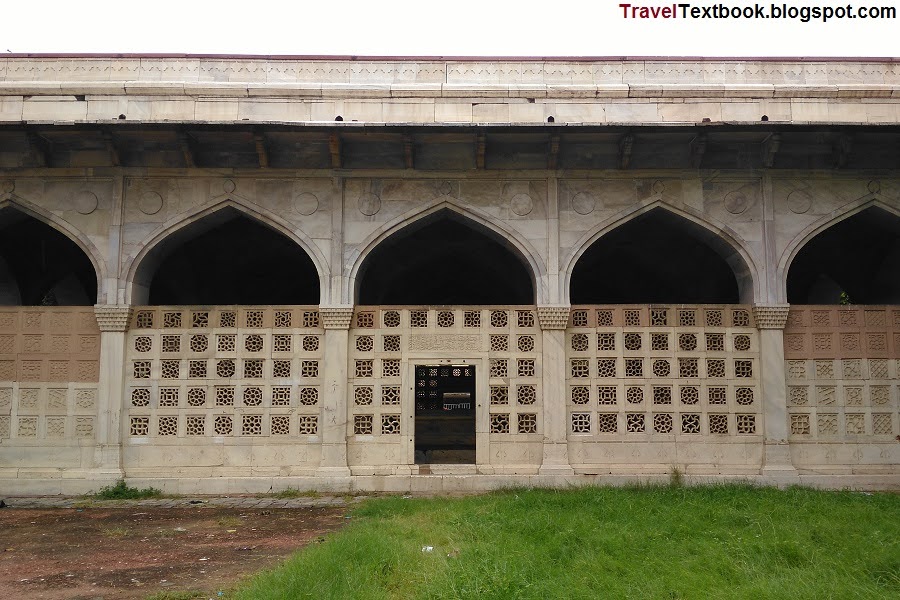

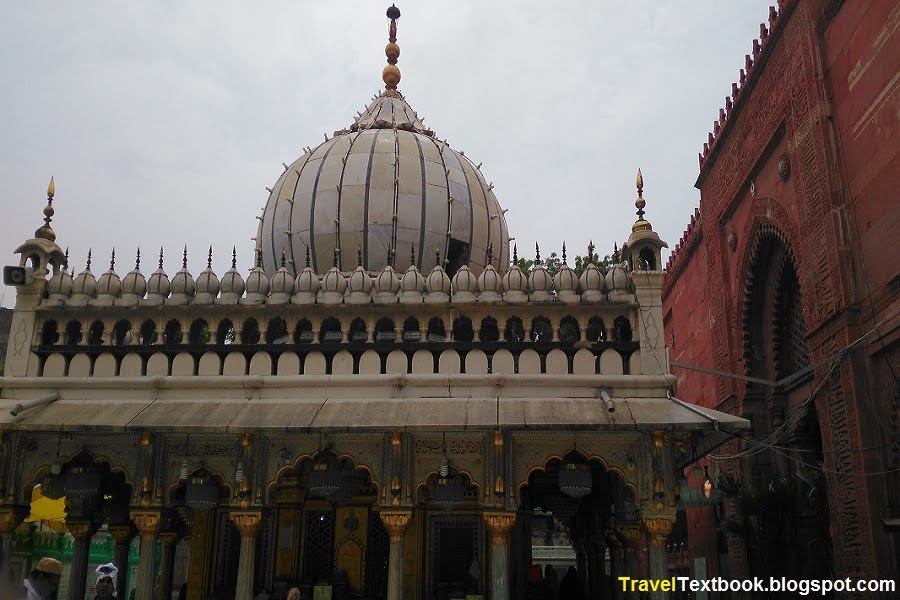
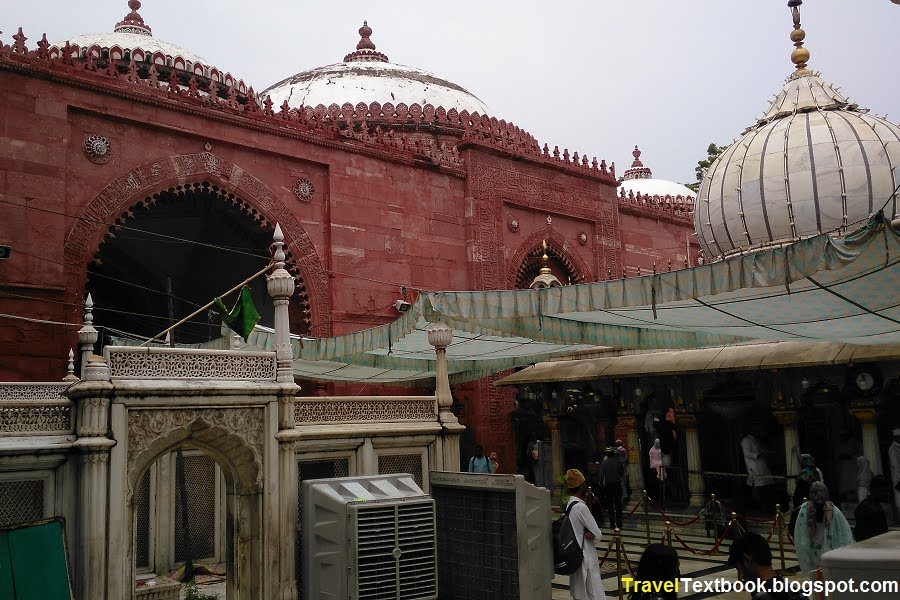
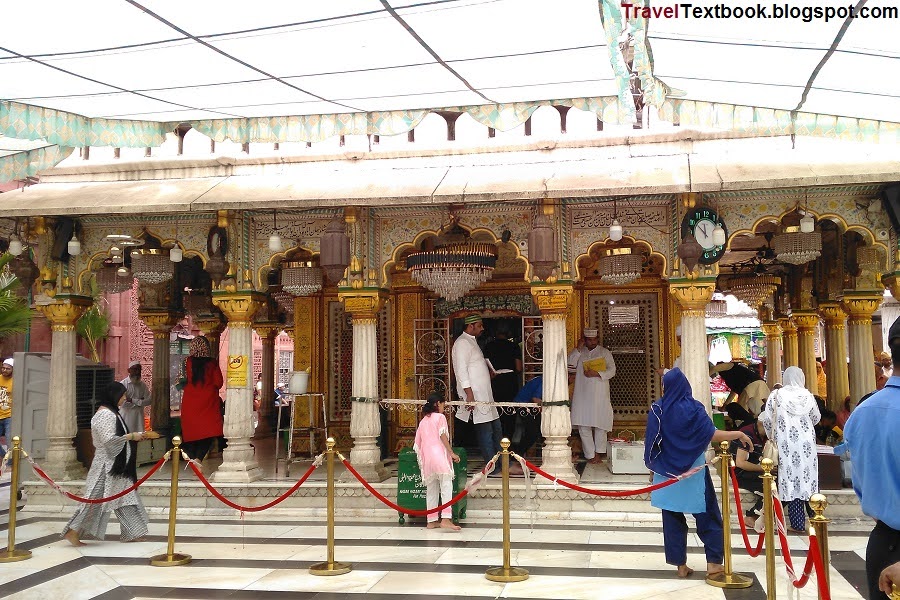
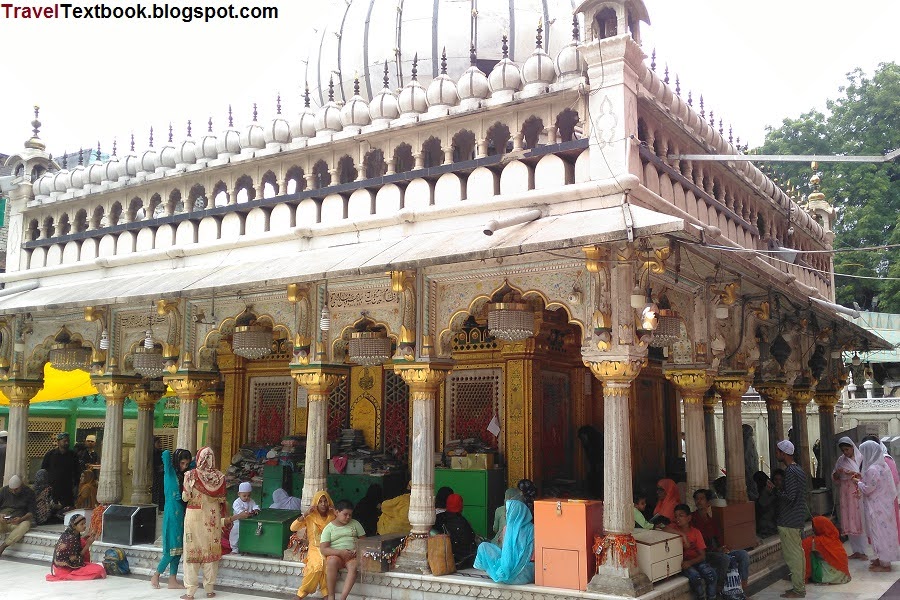
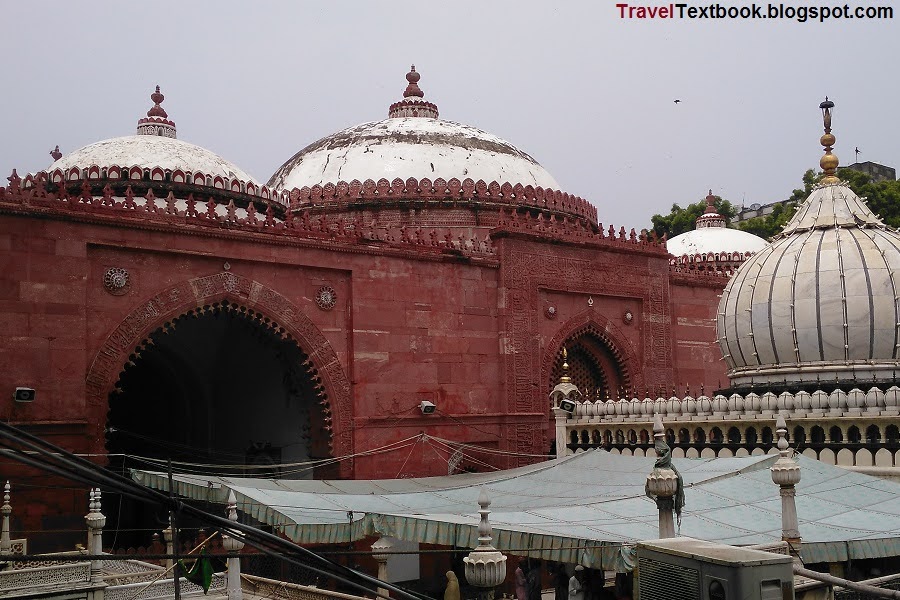







No comments:
Post a Comment